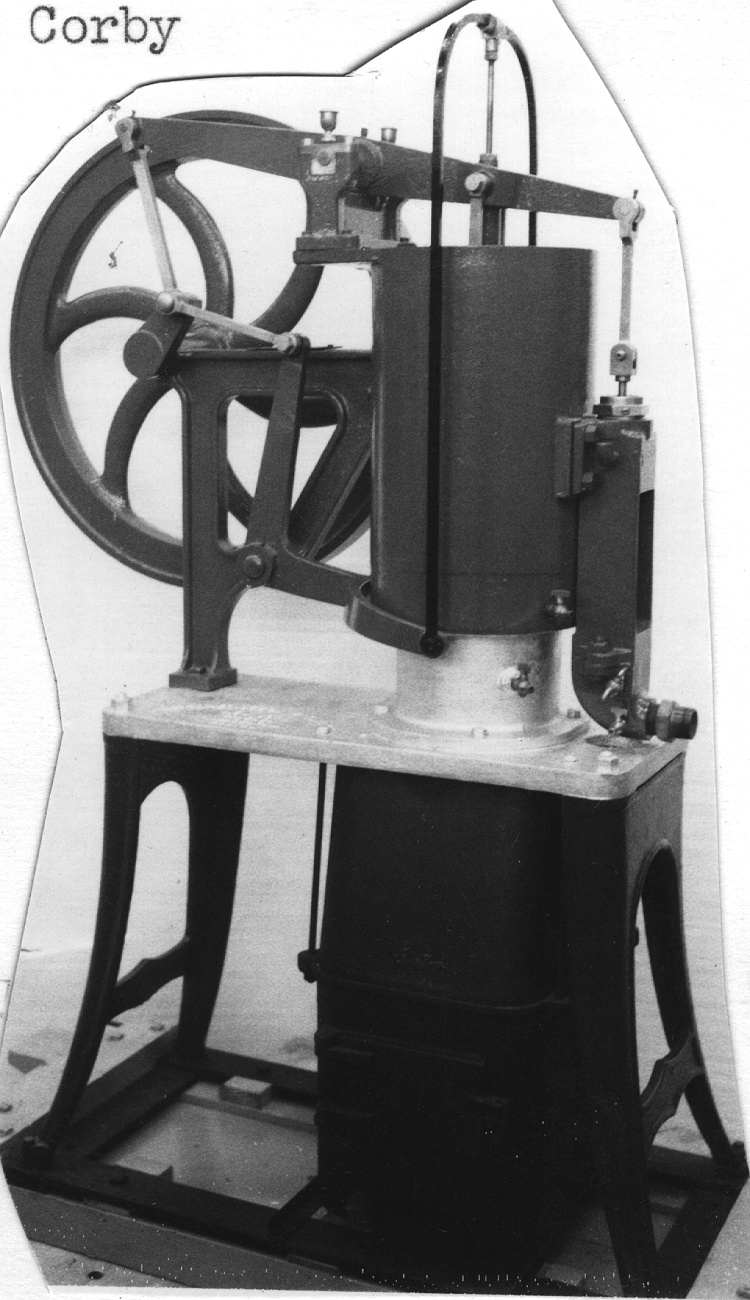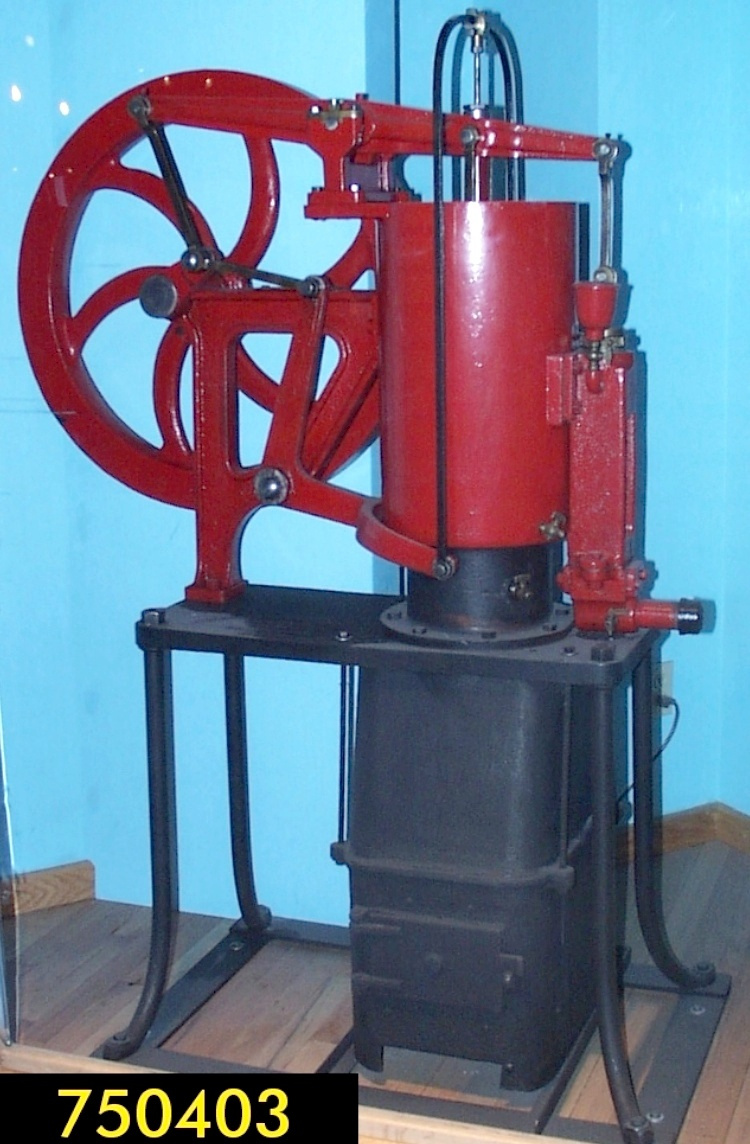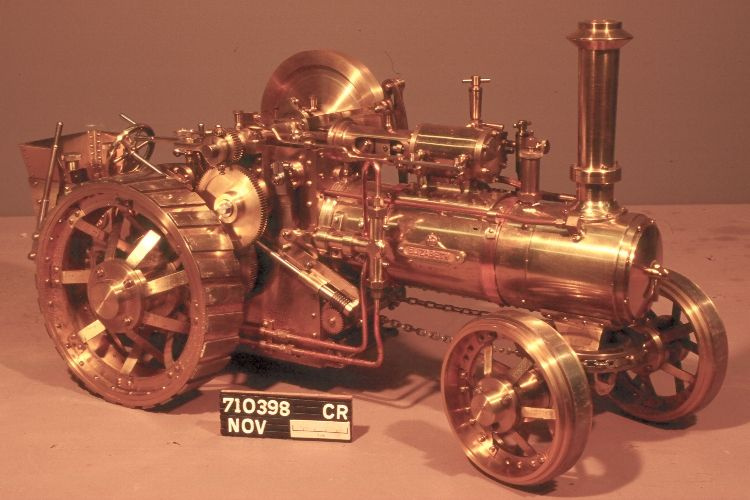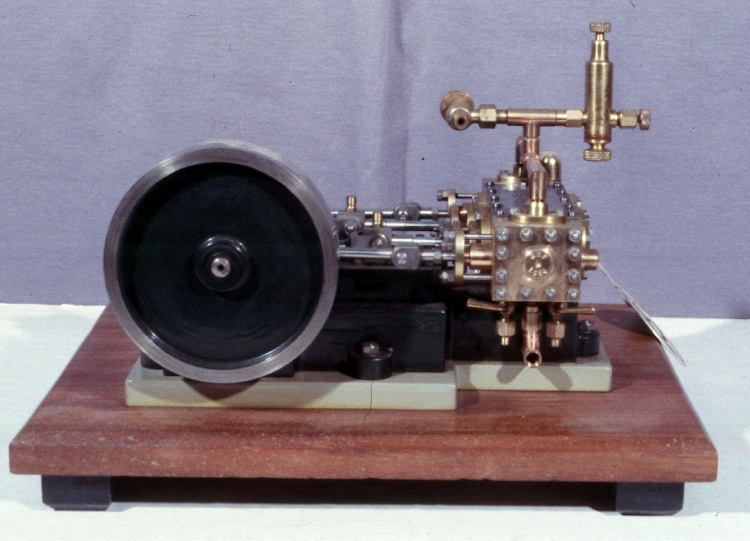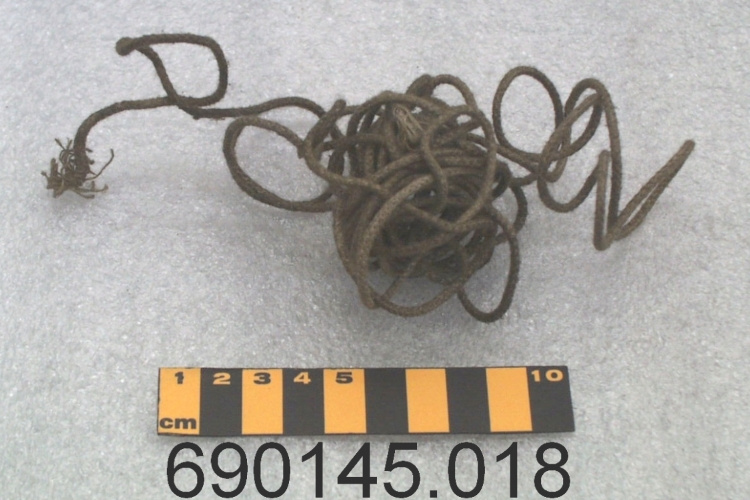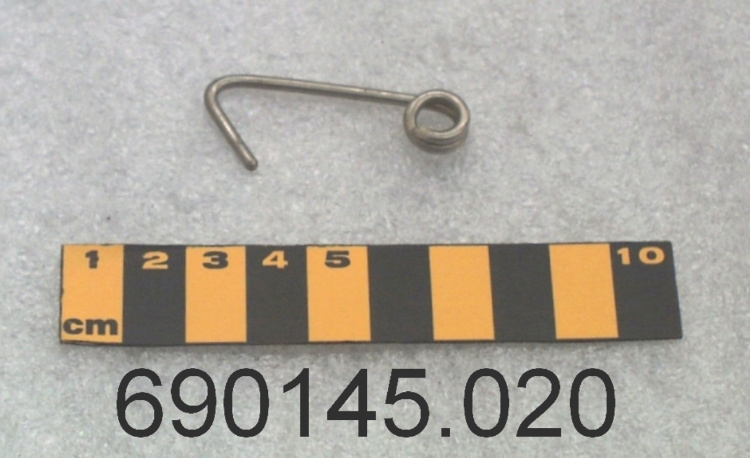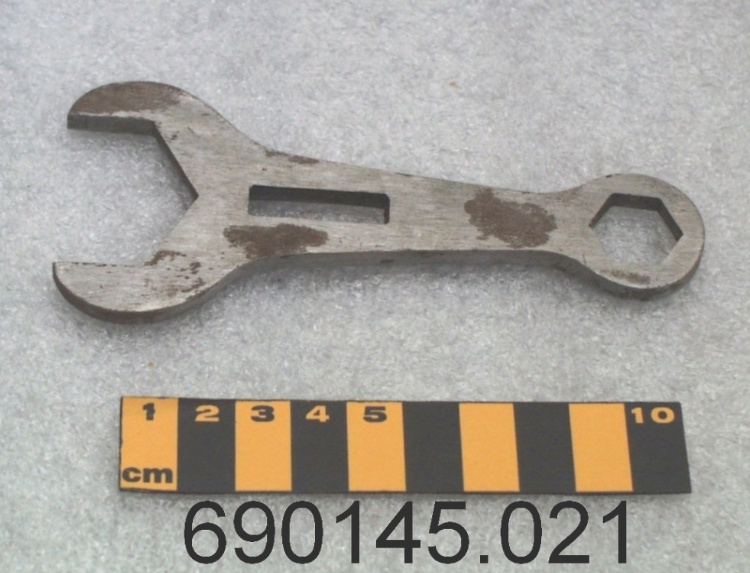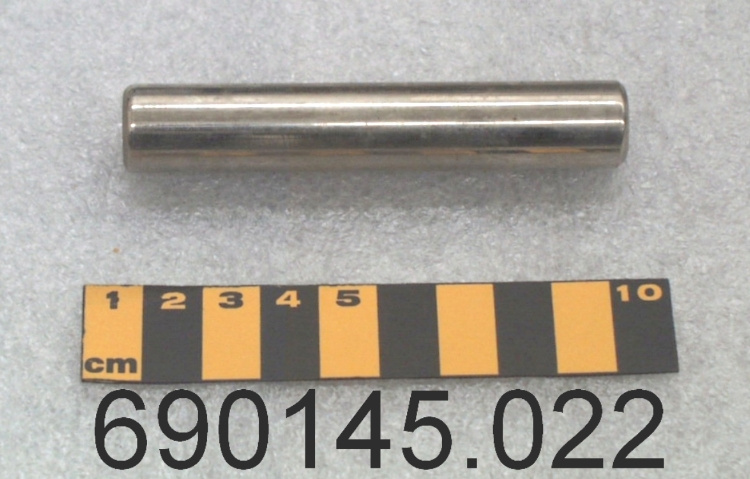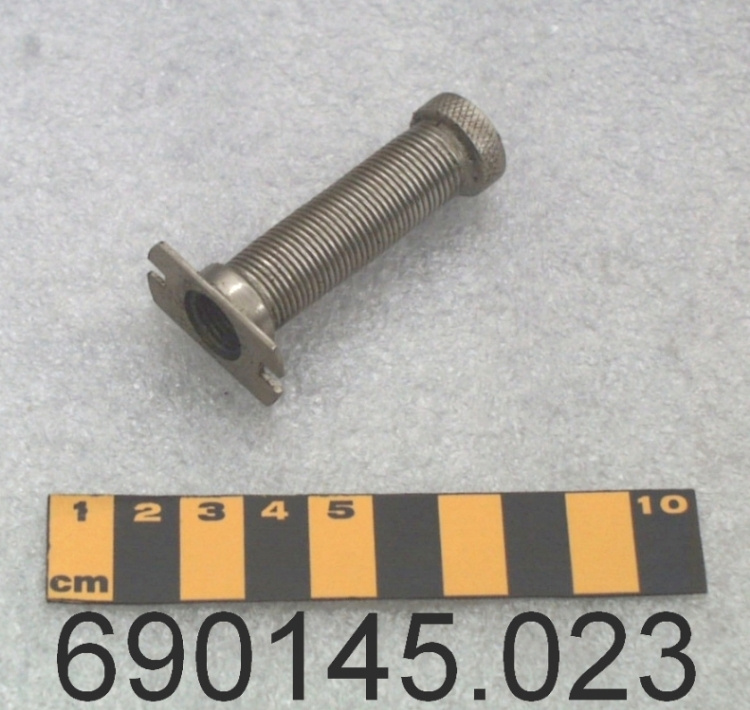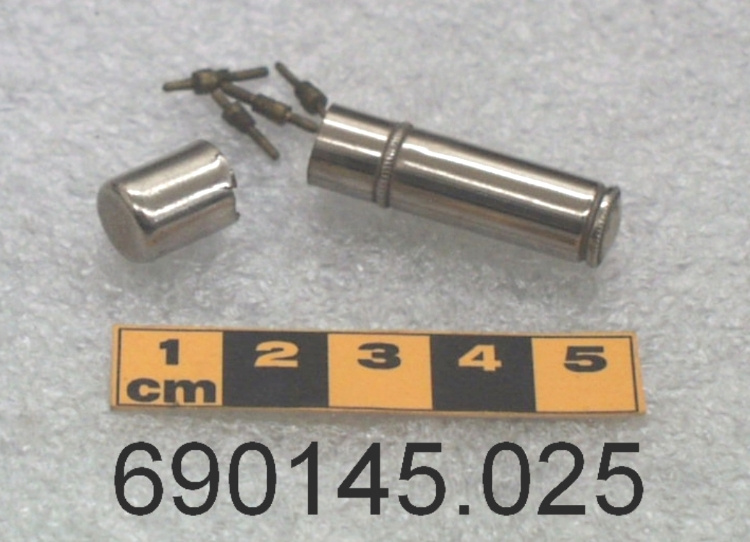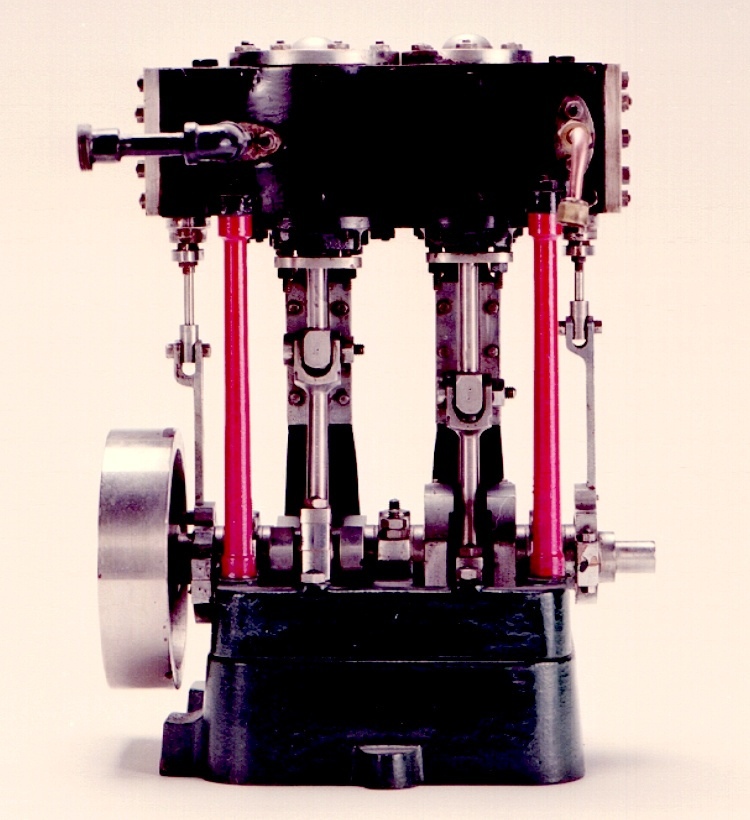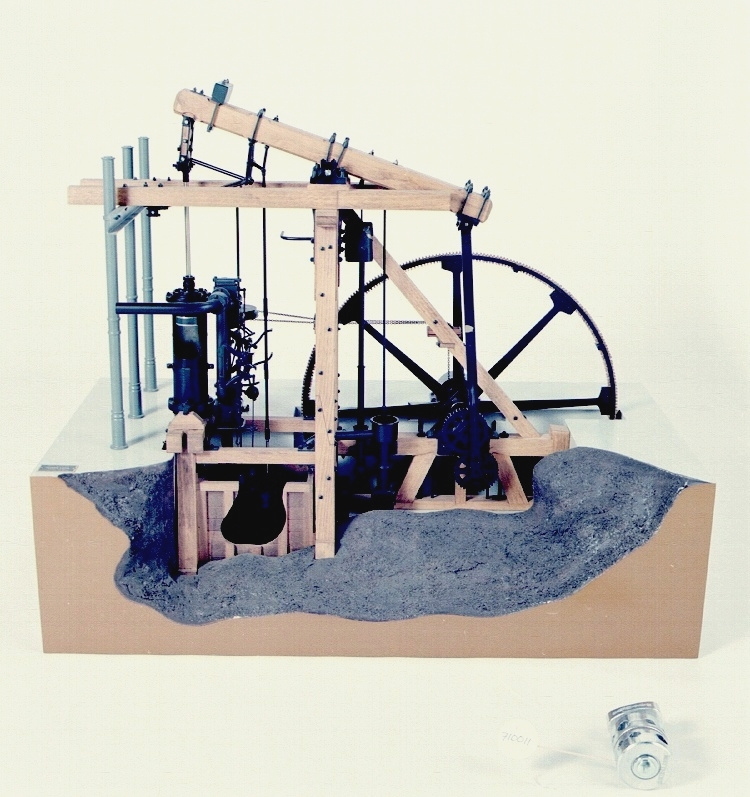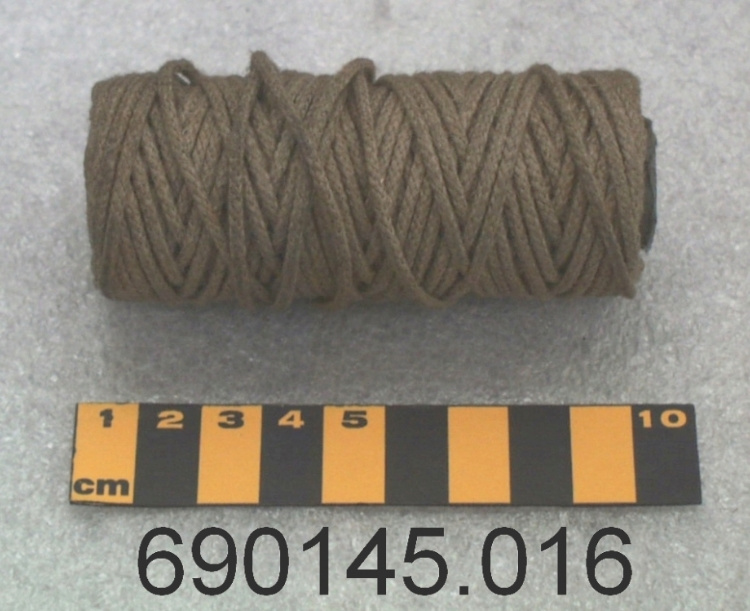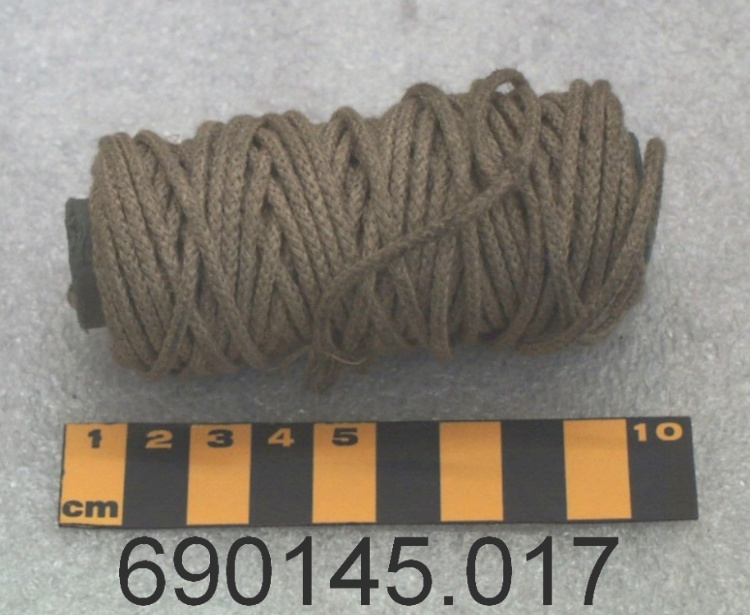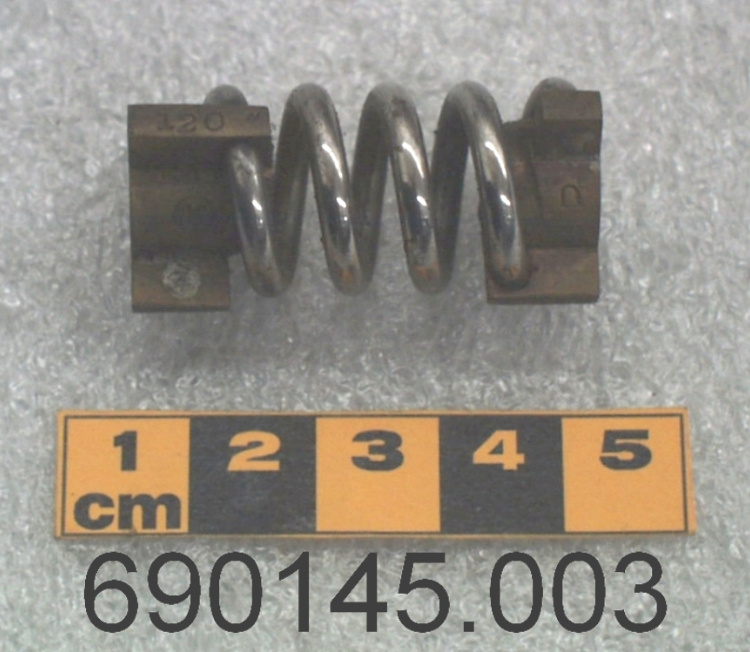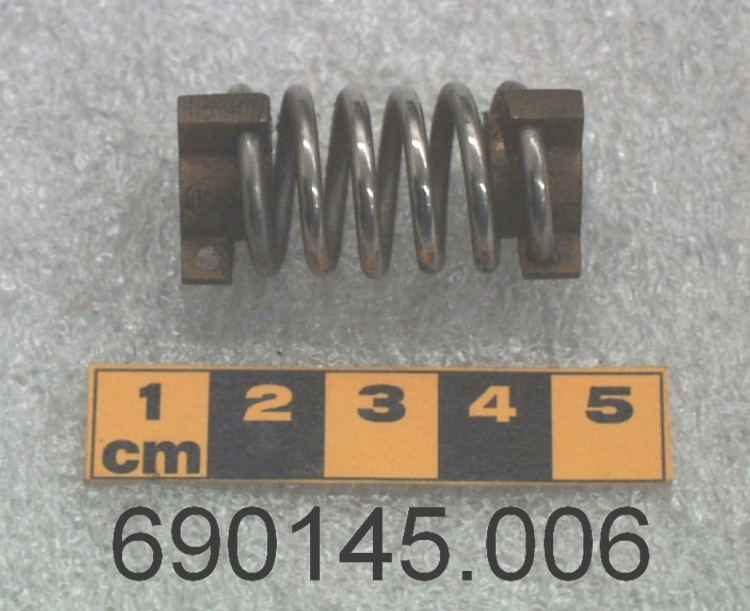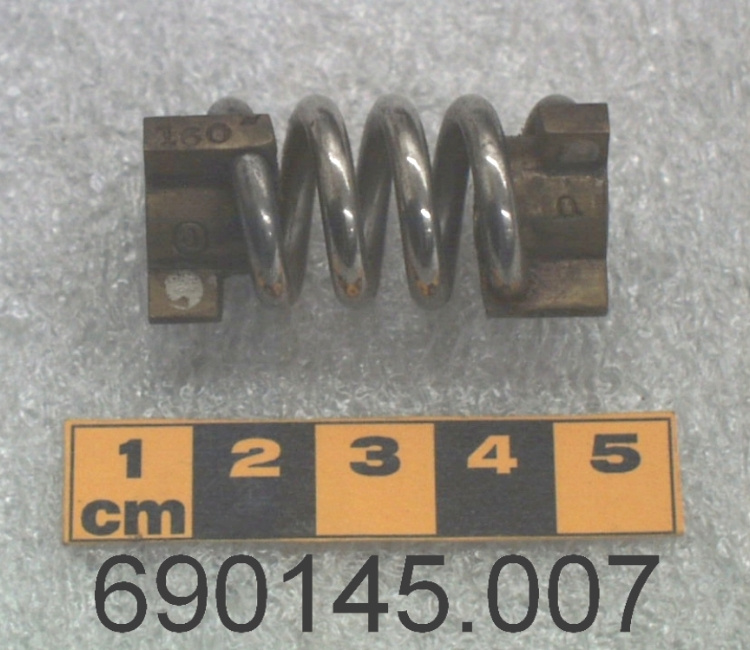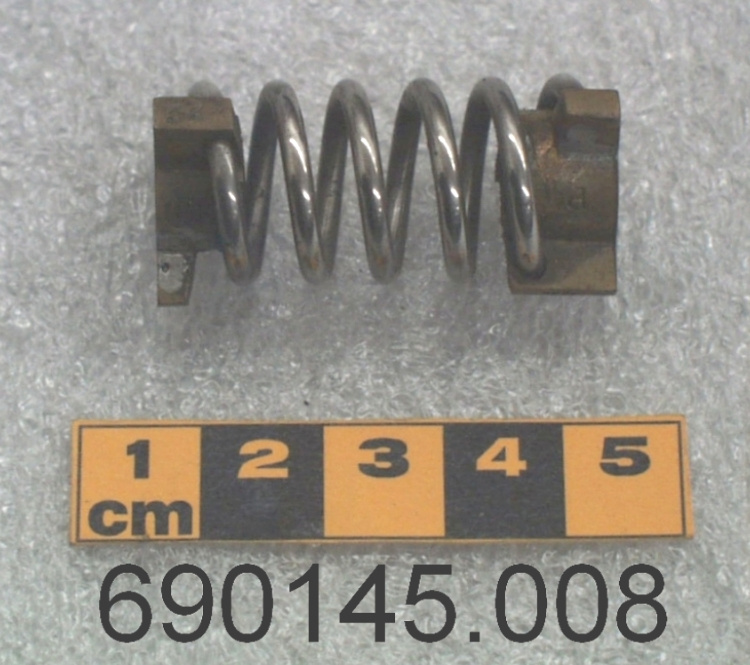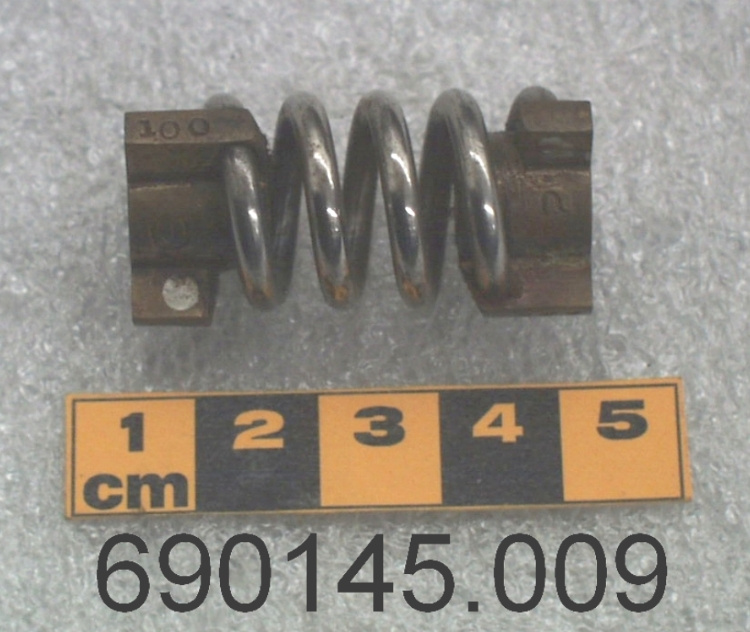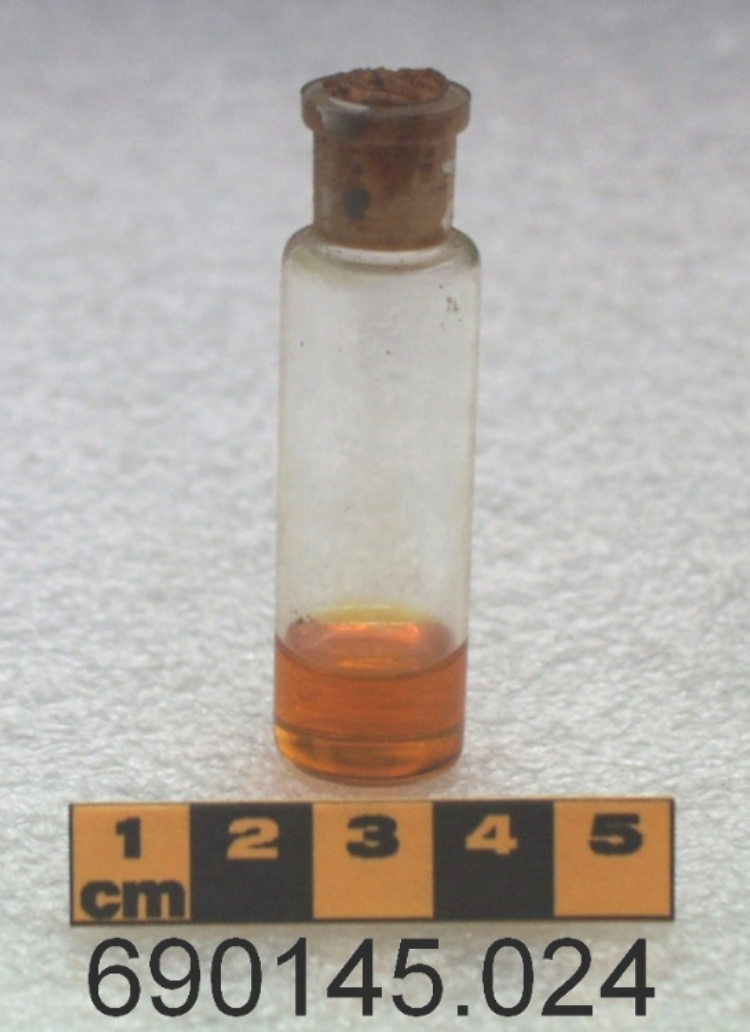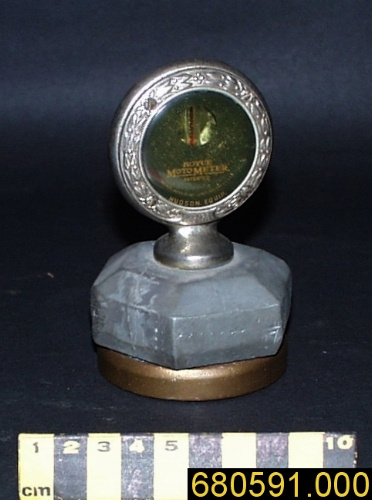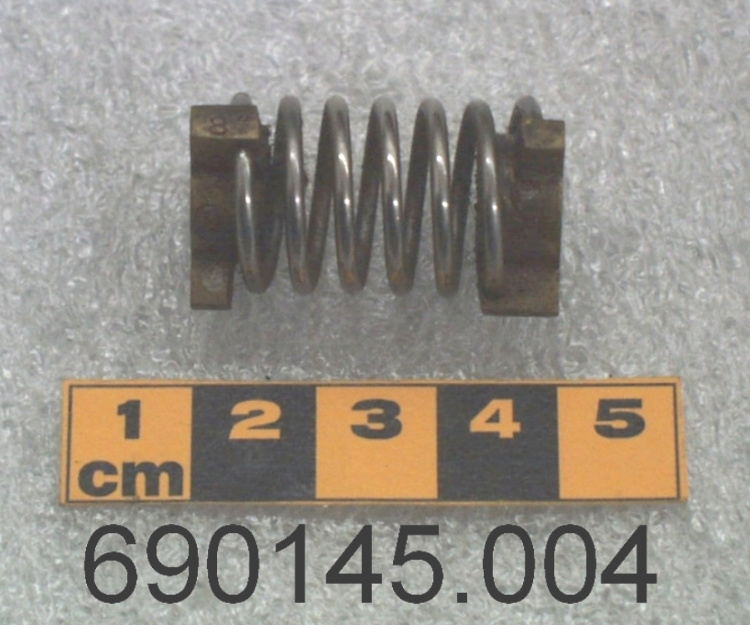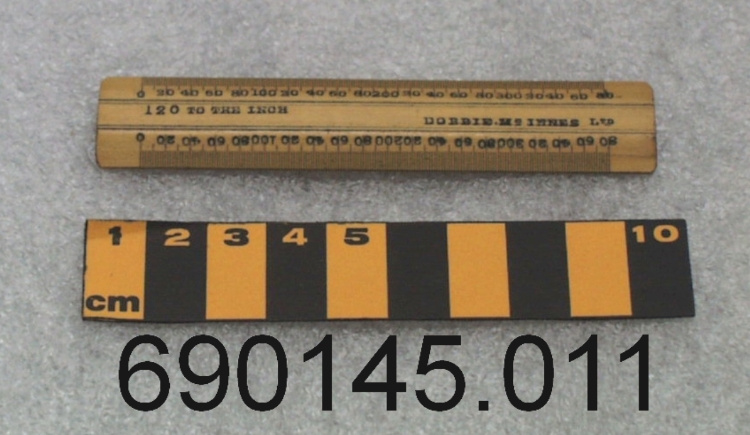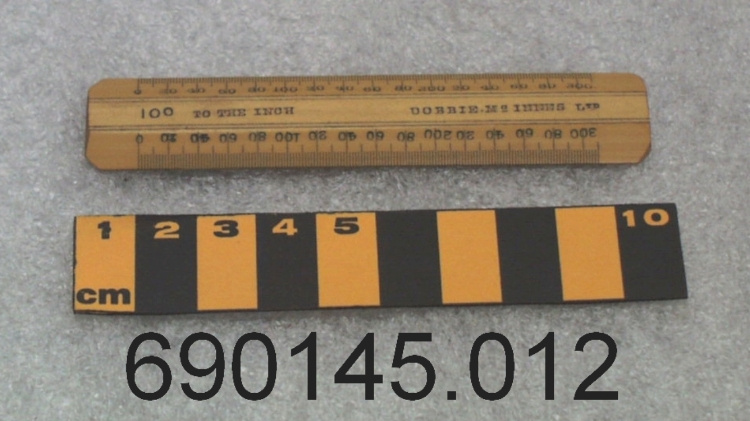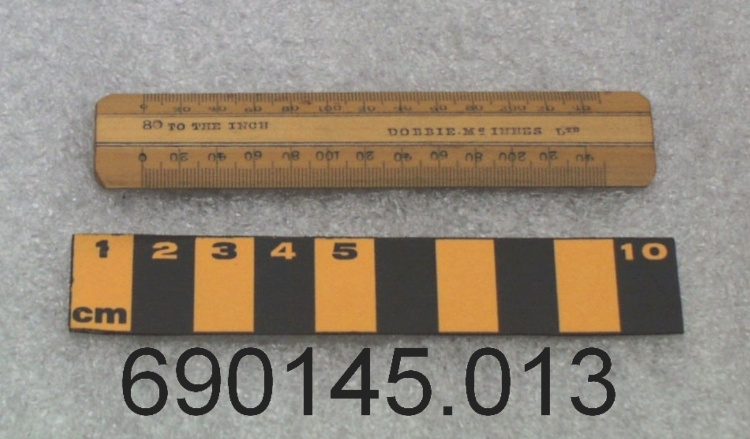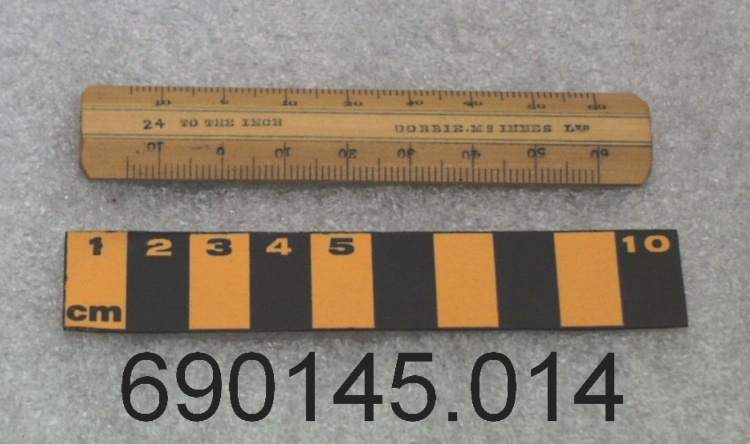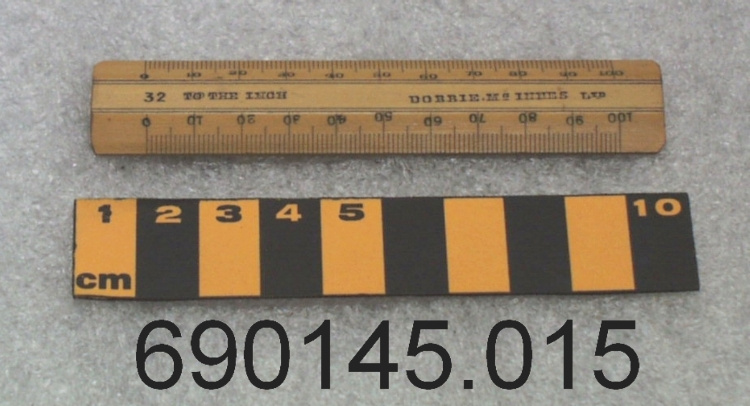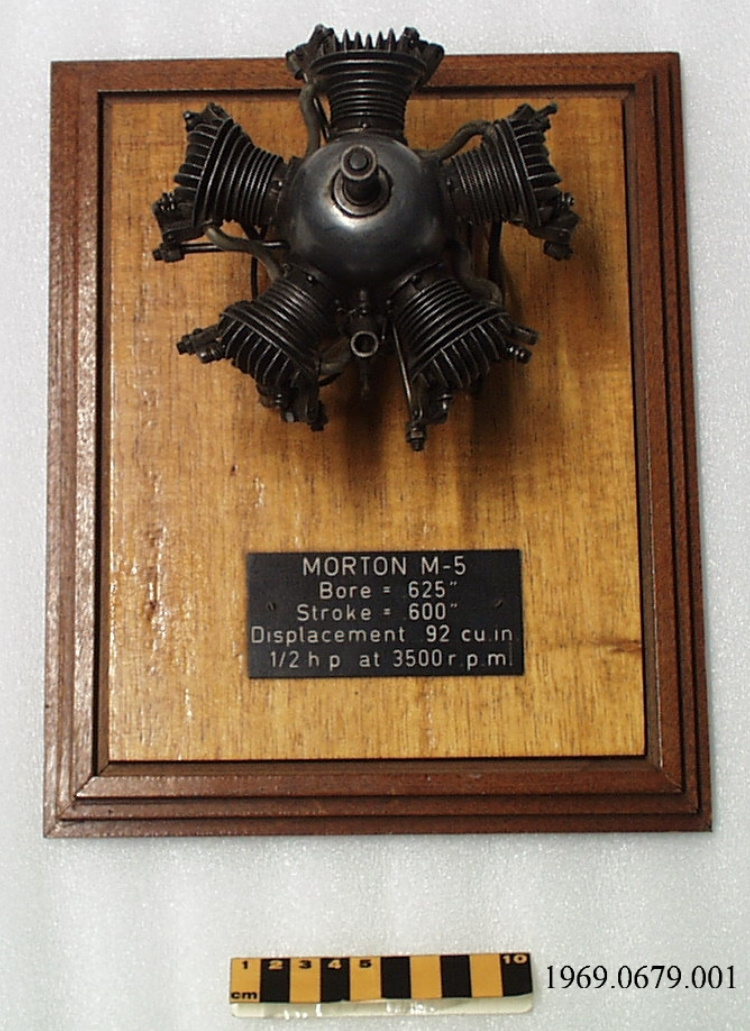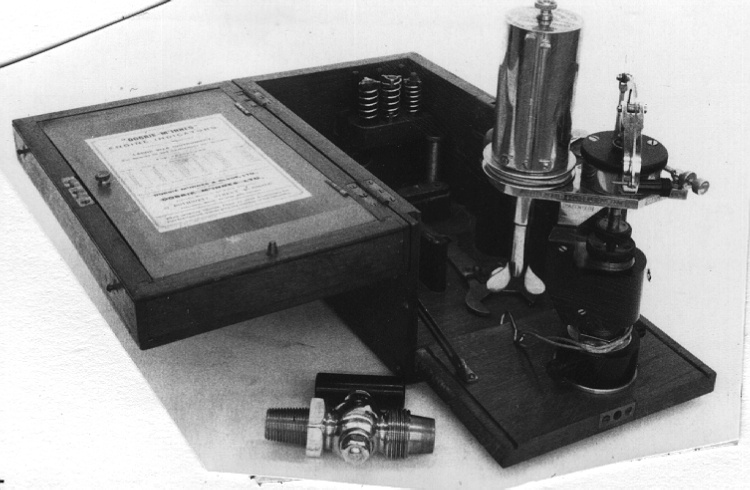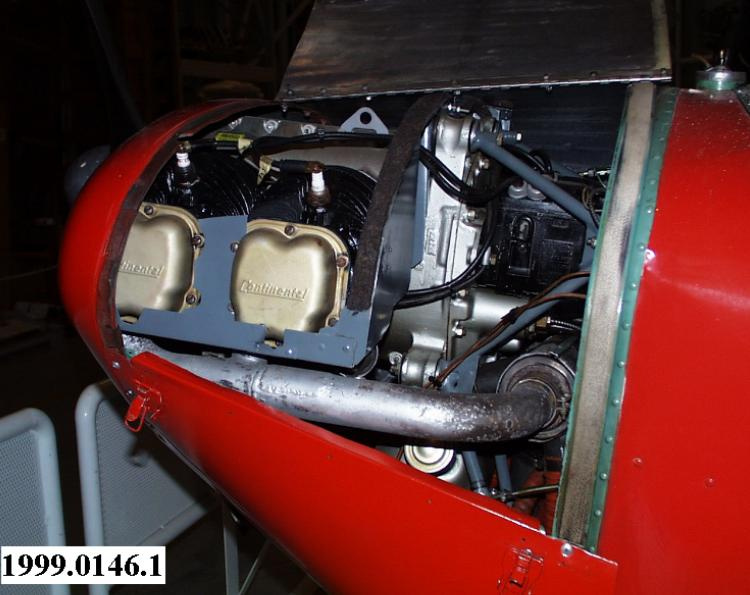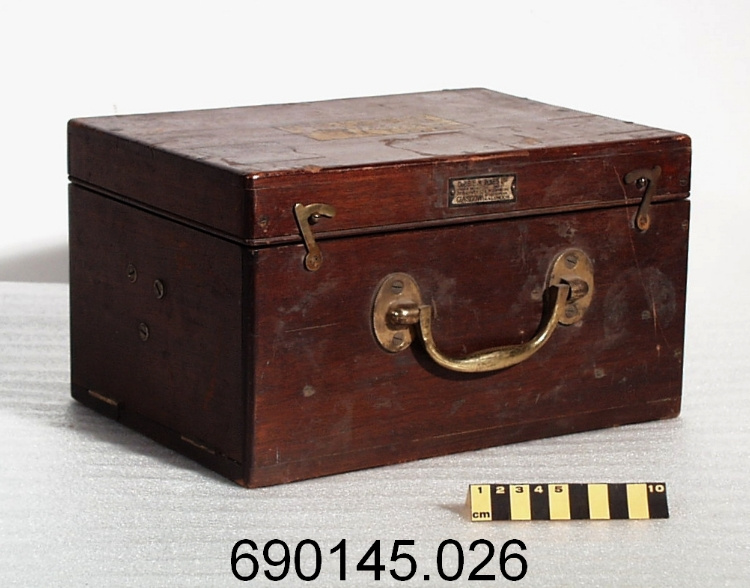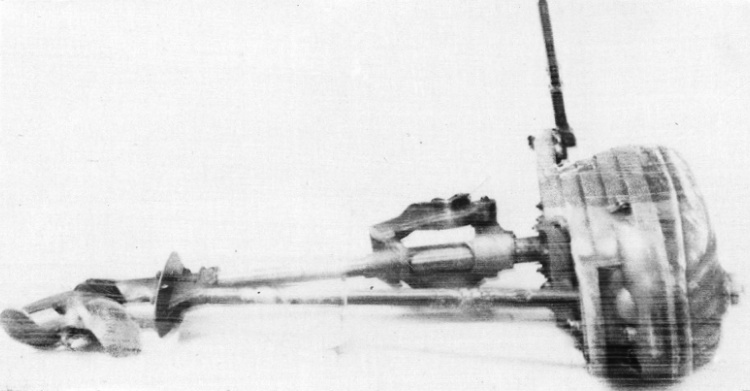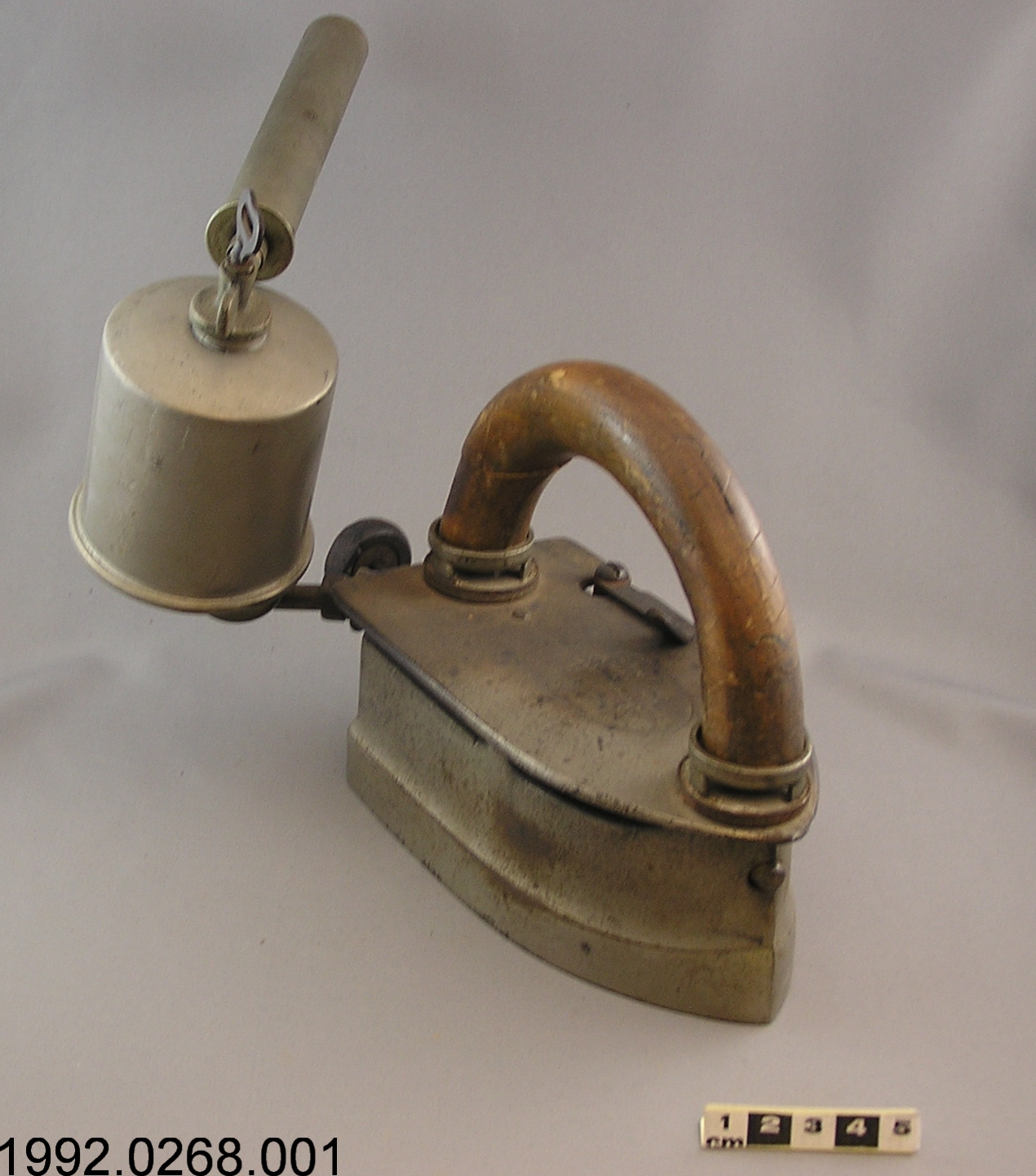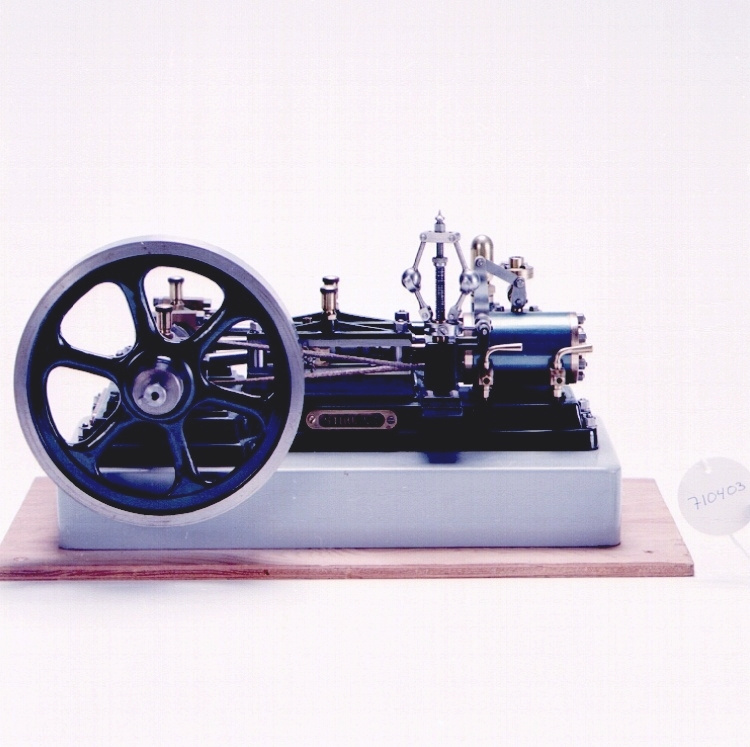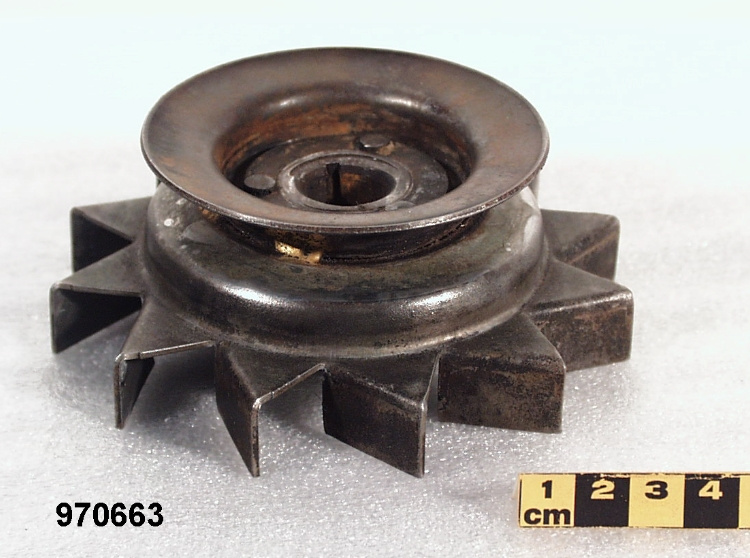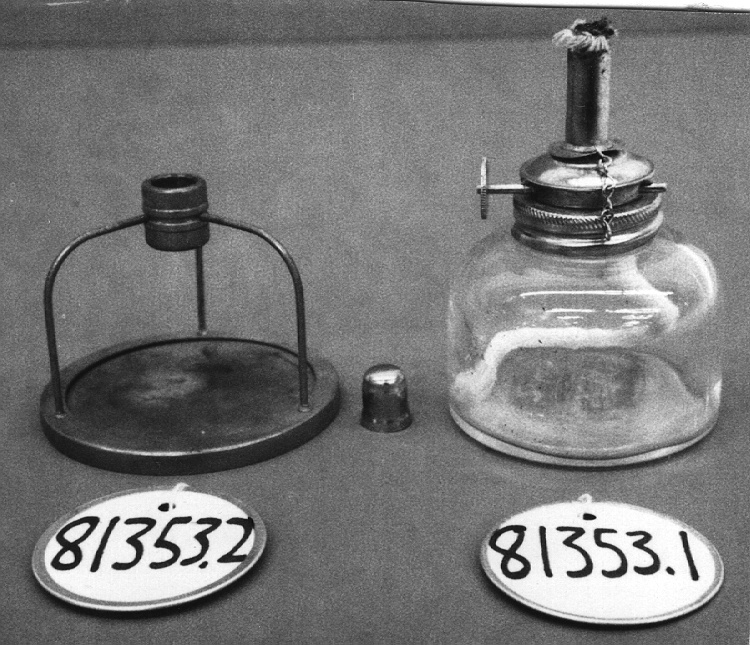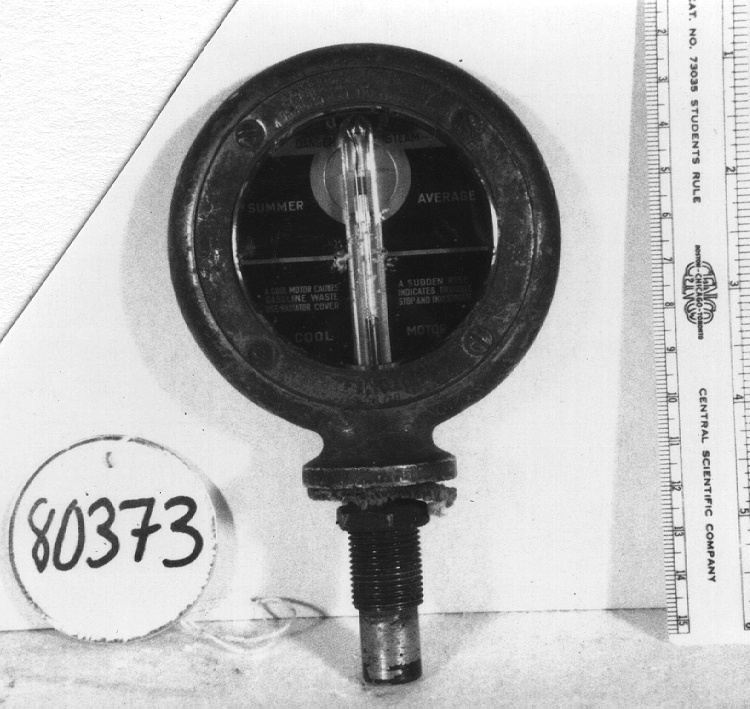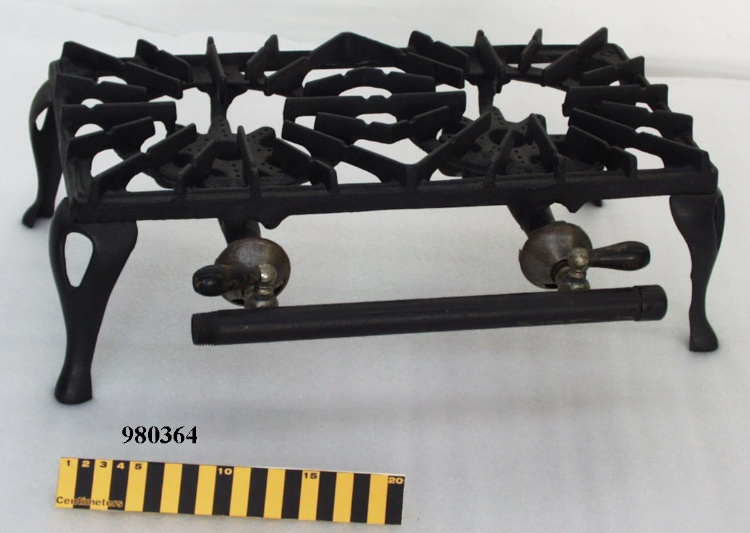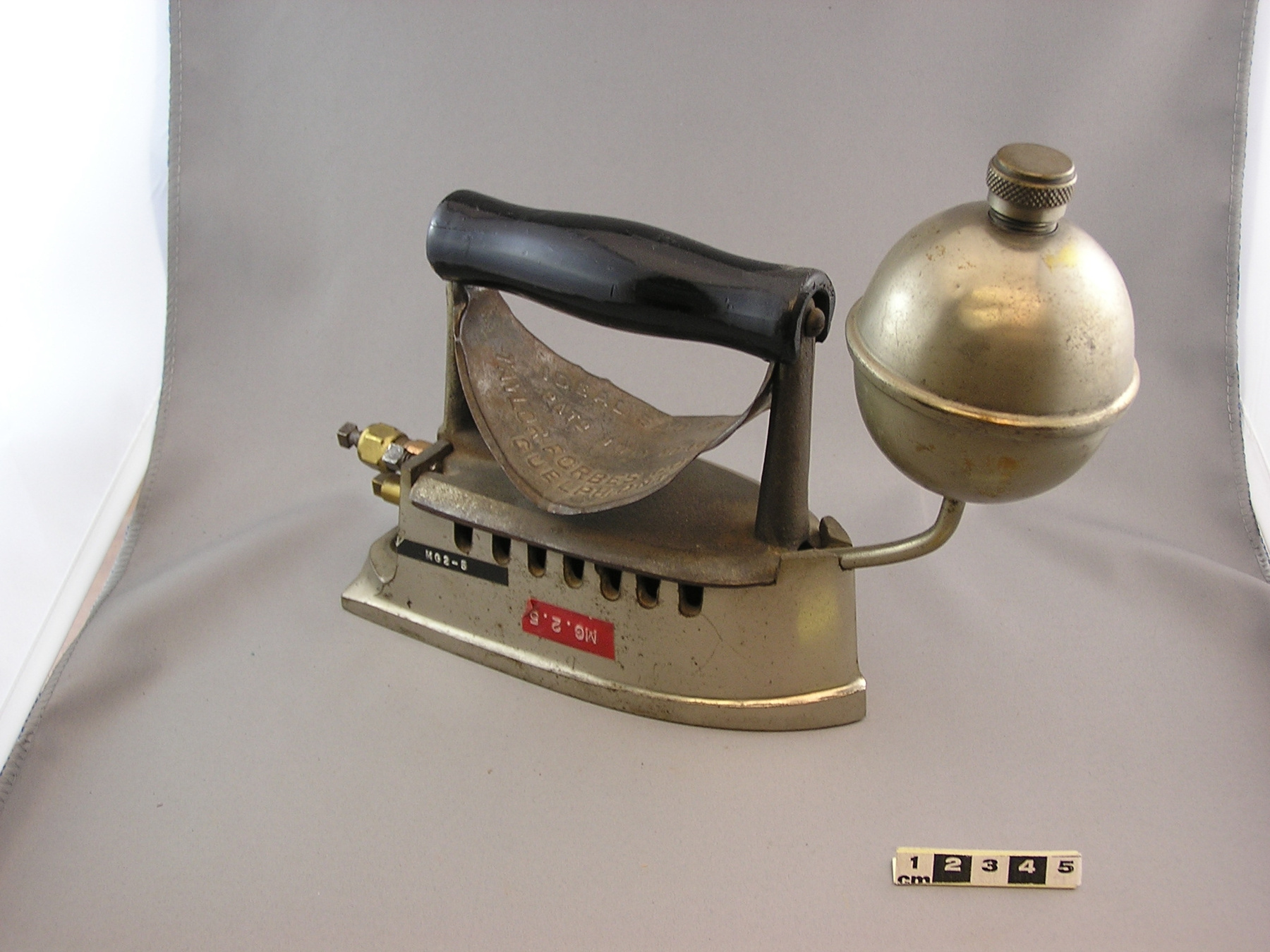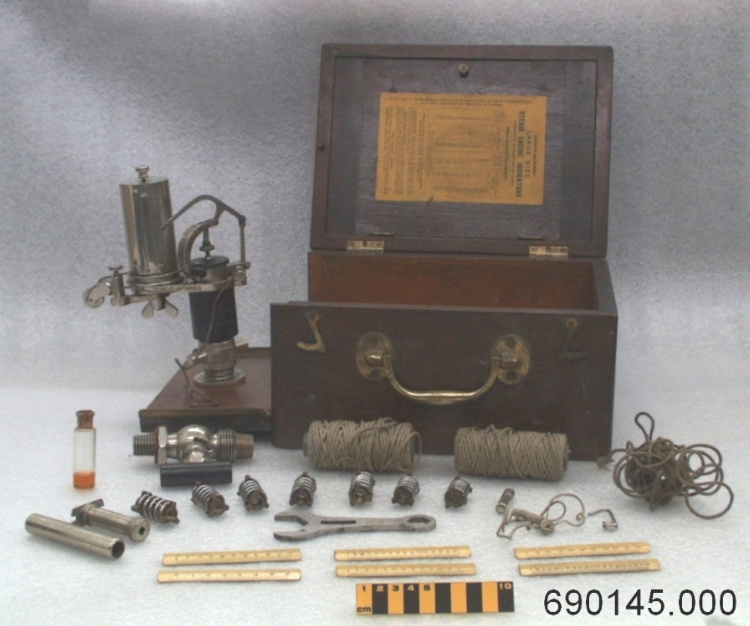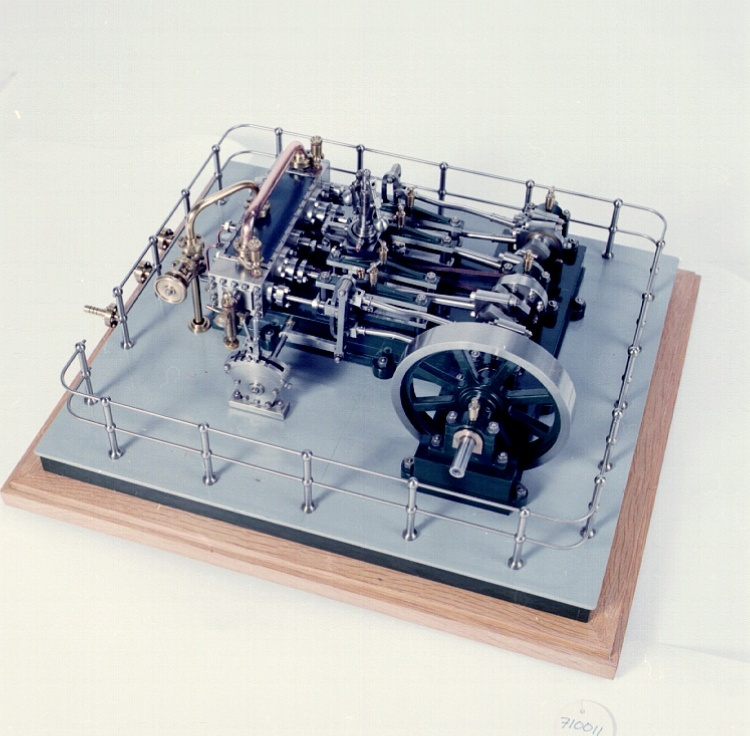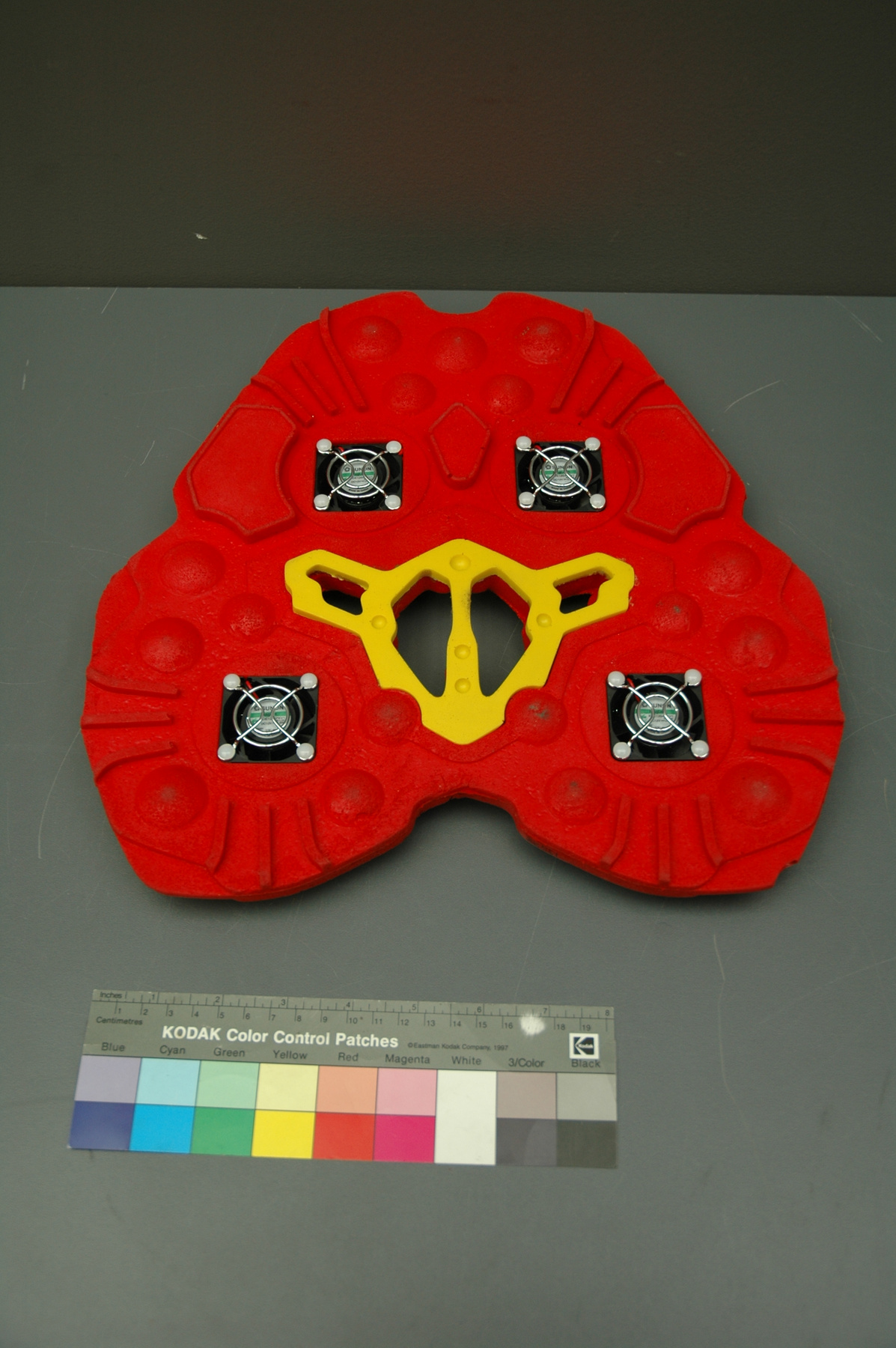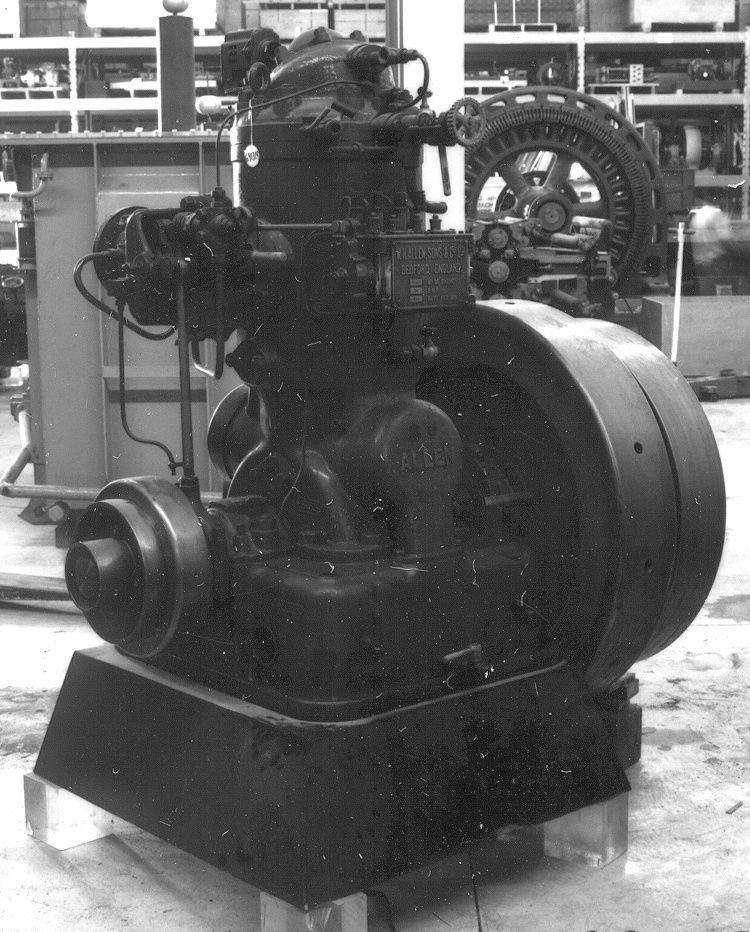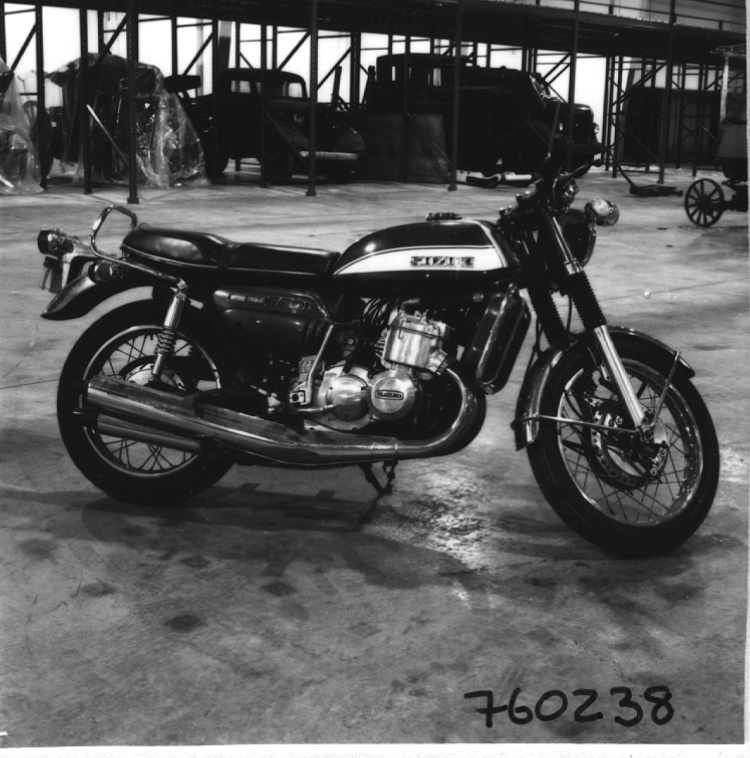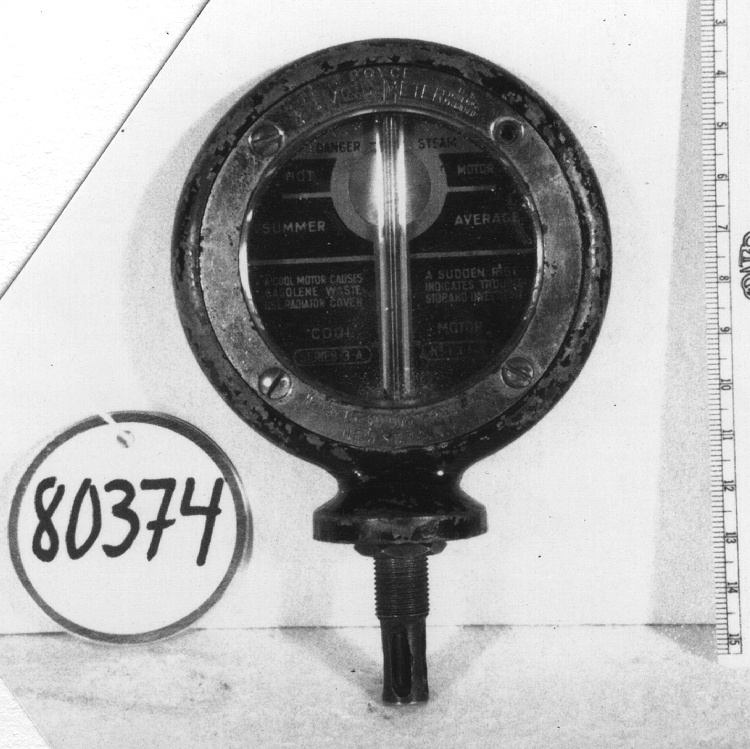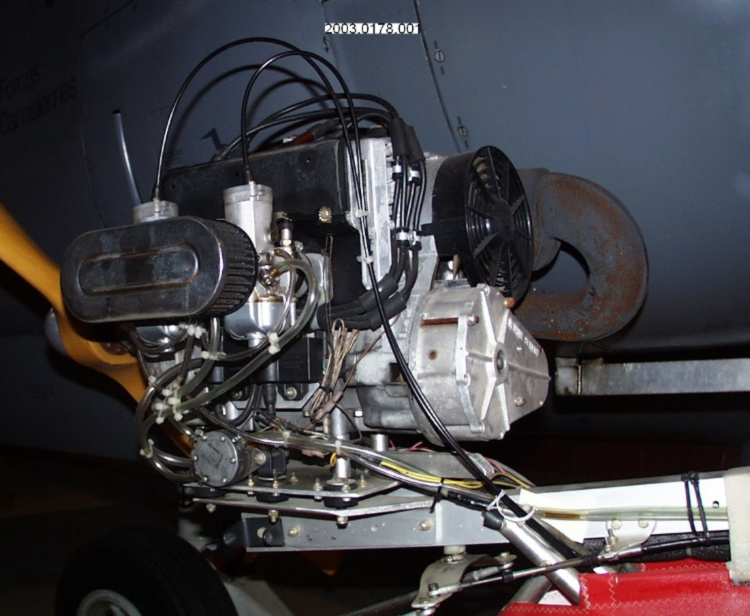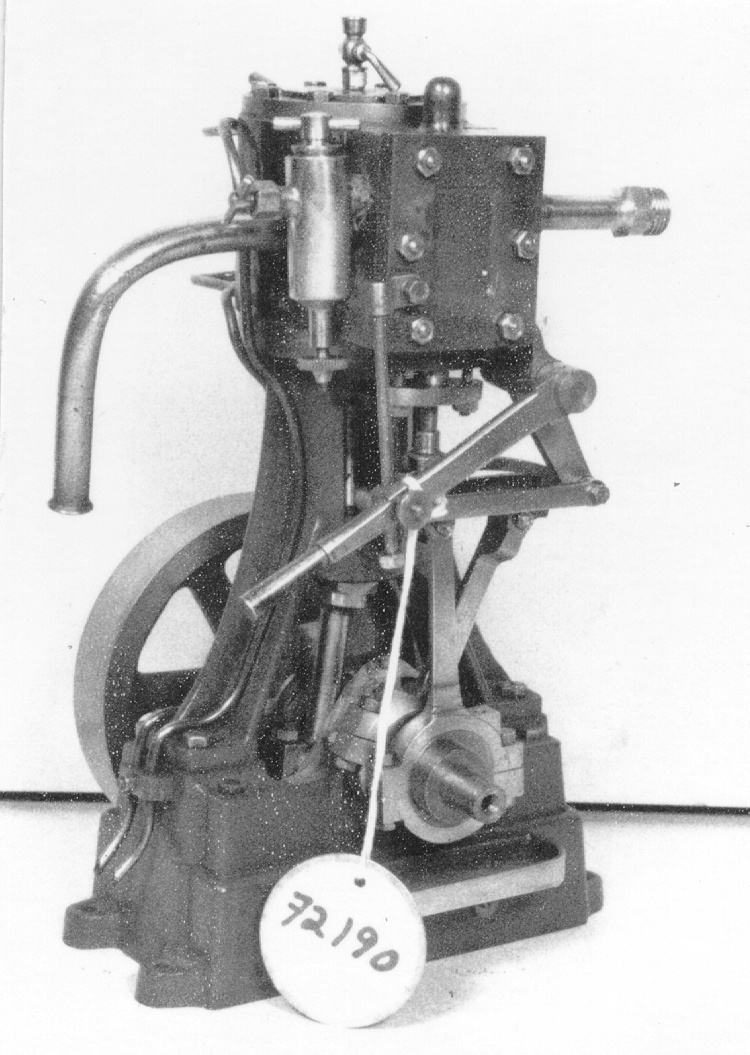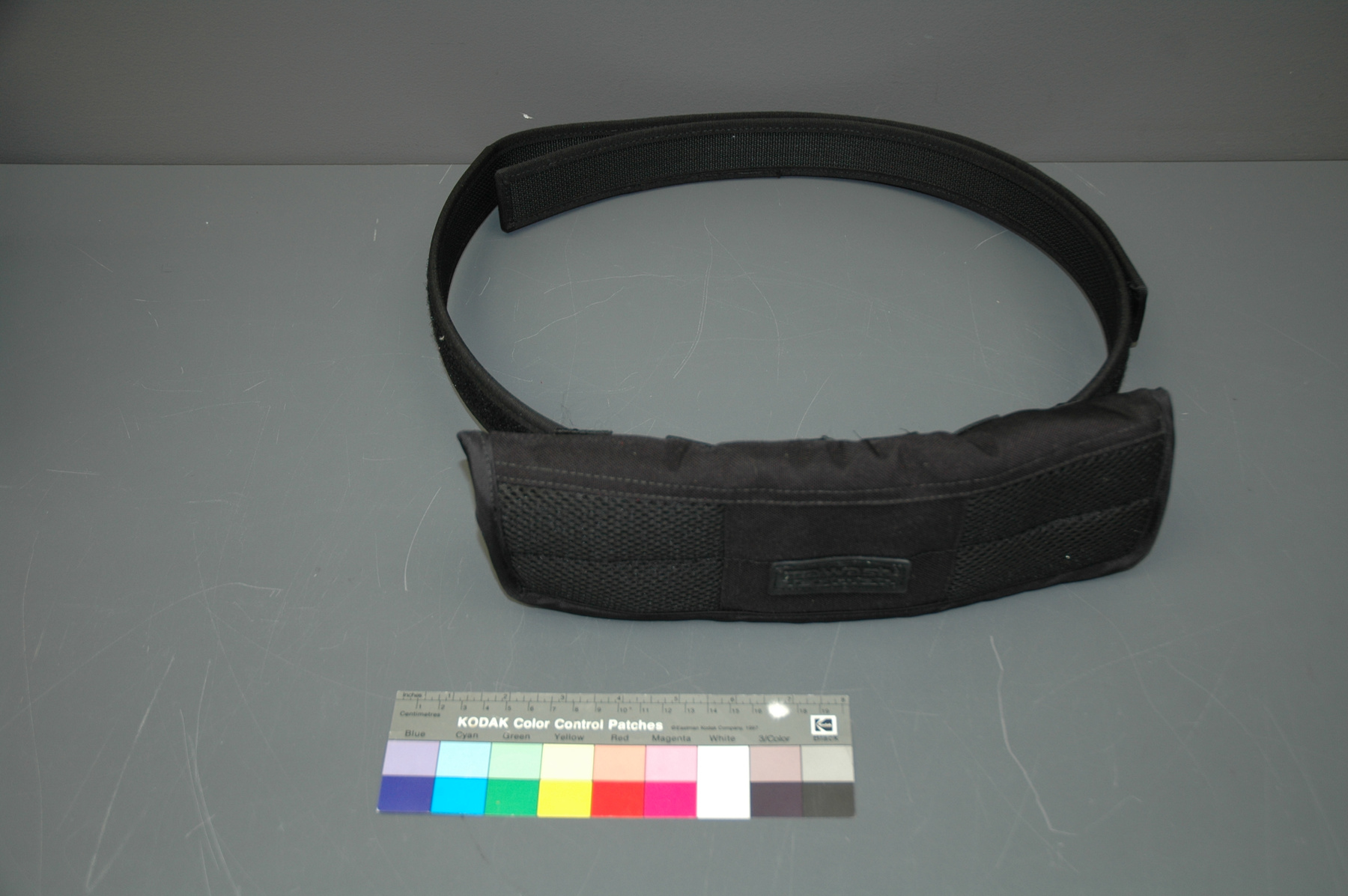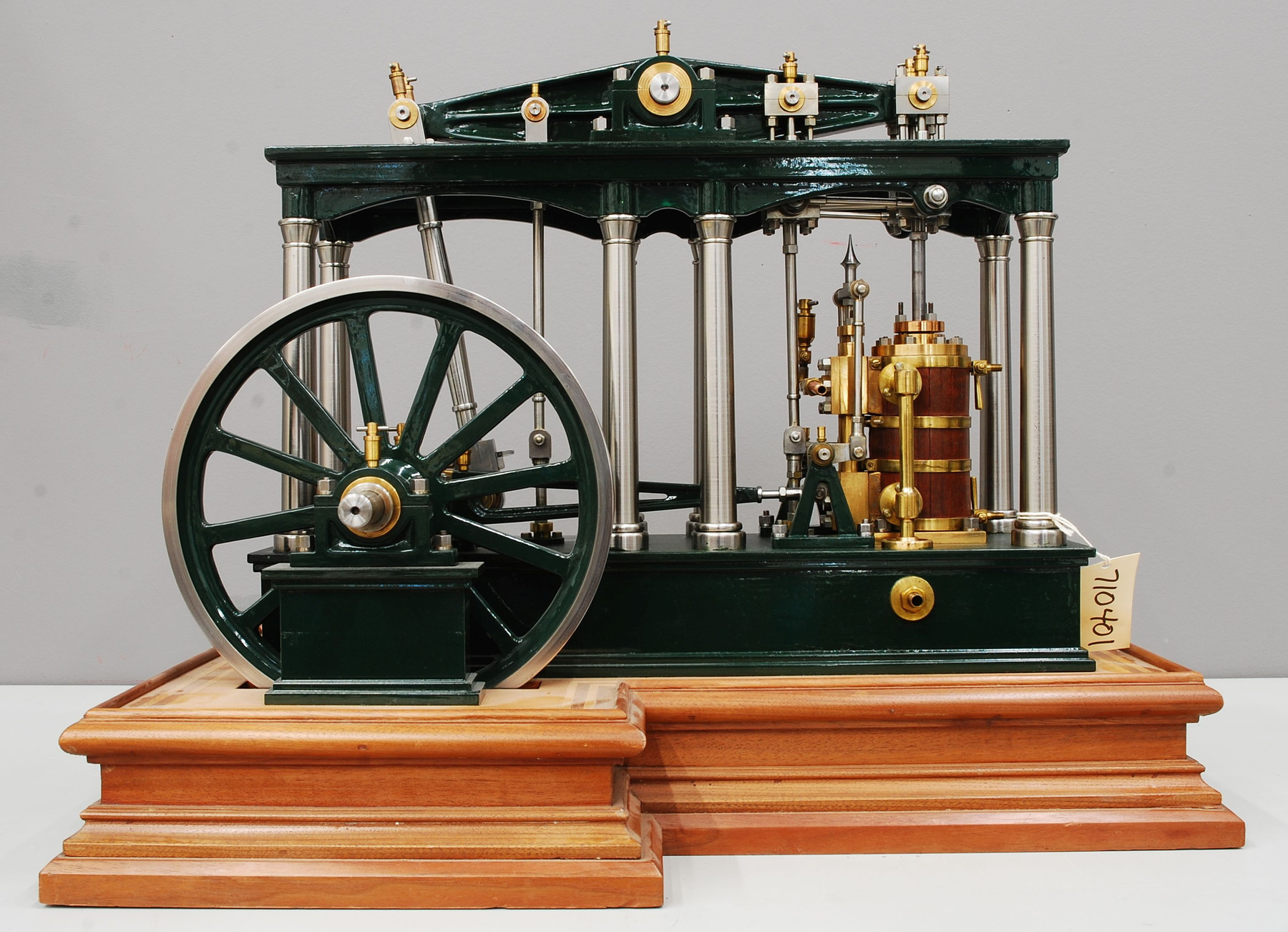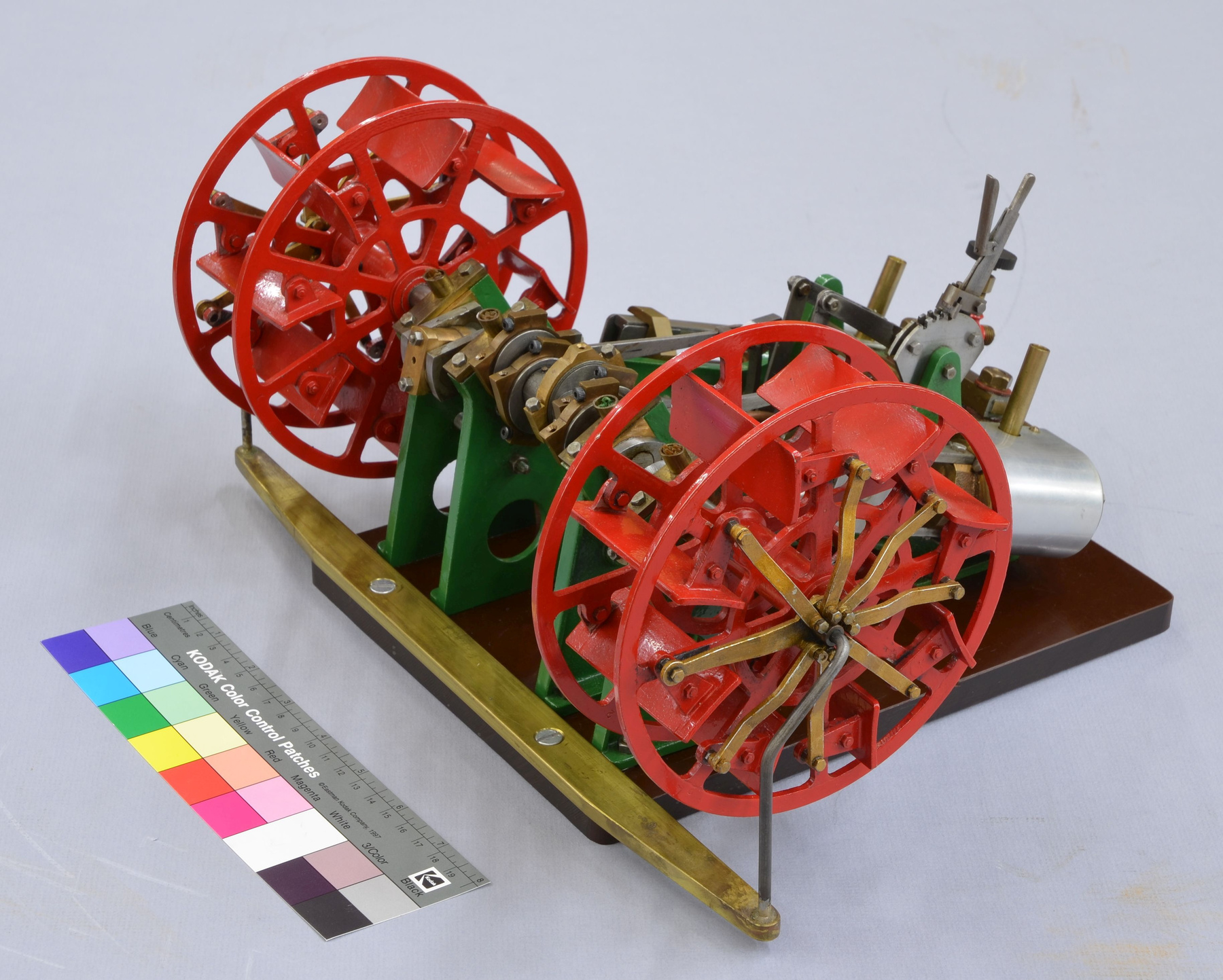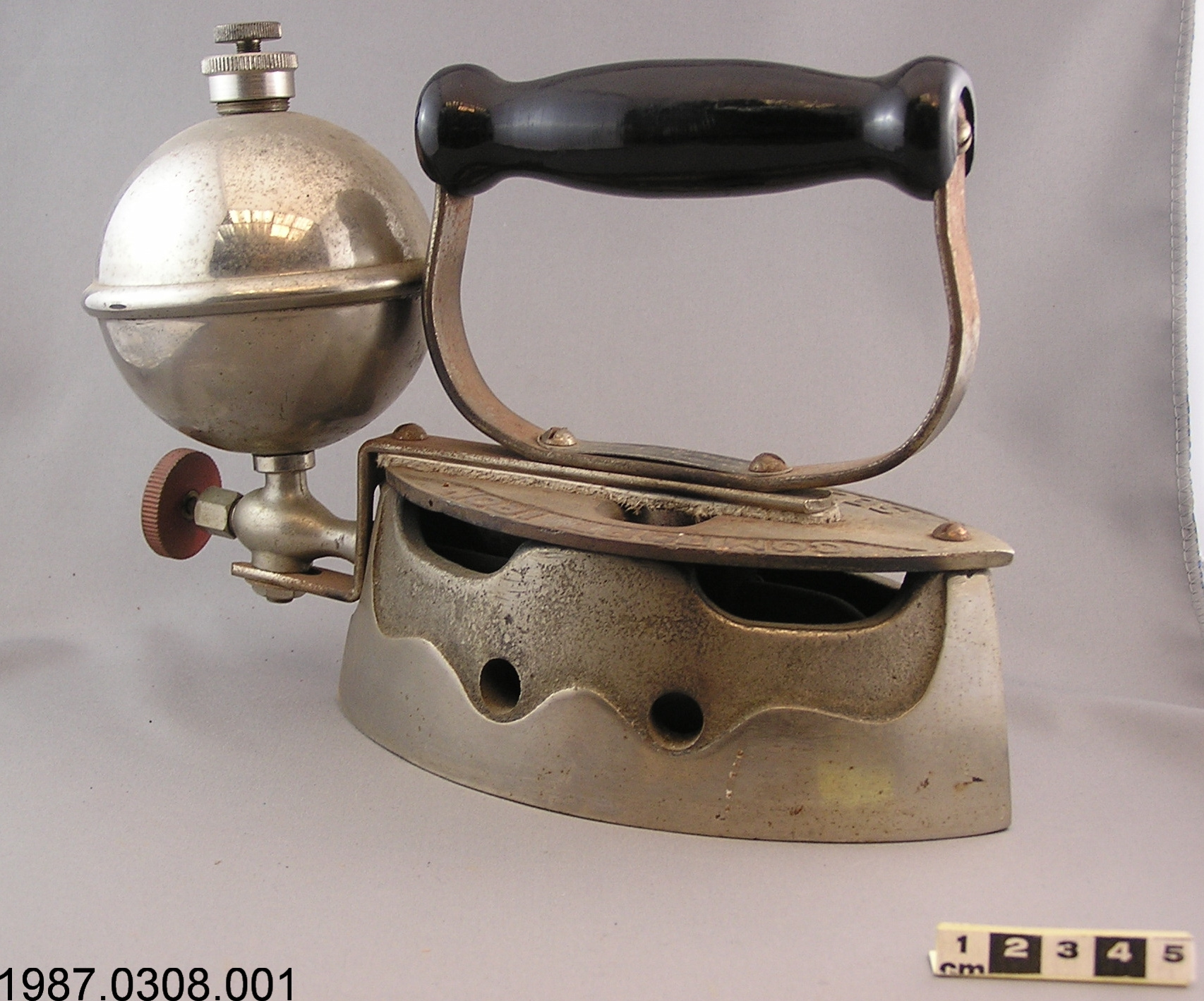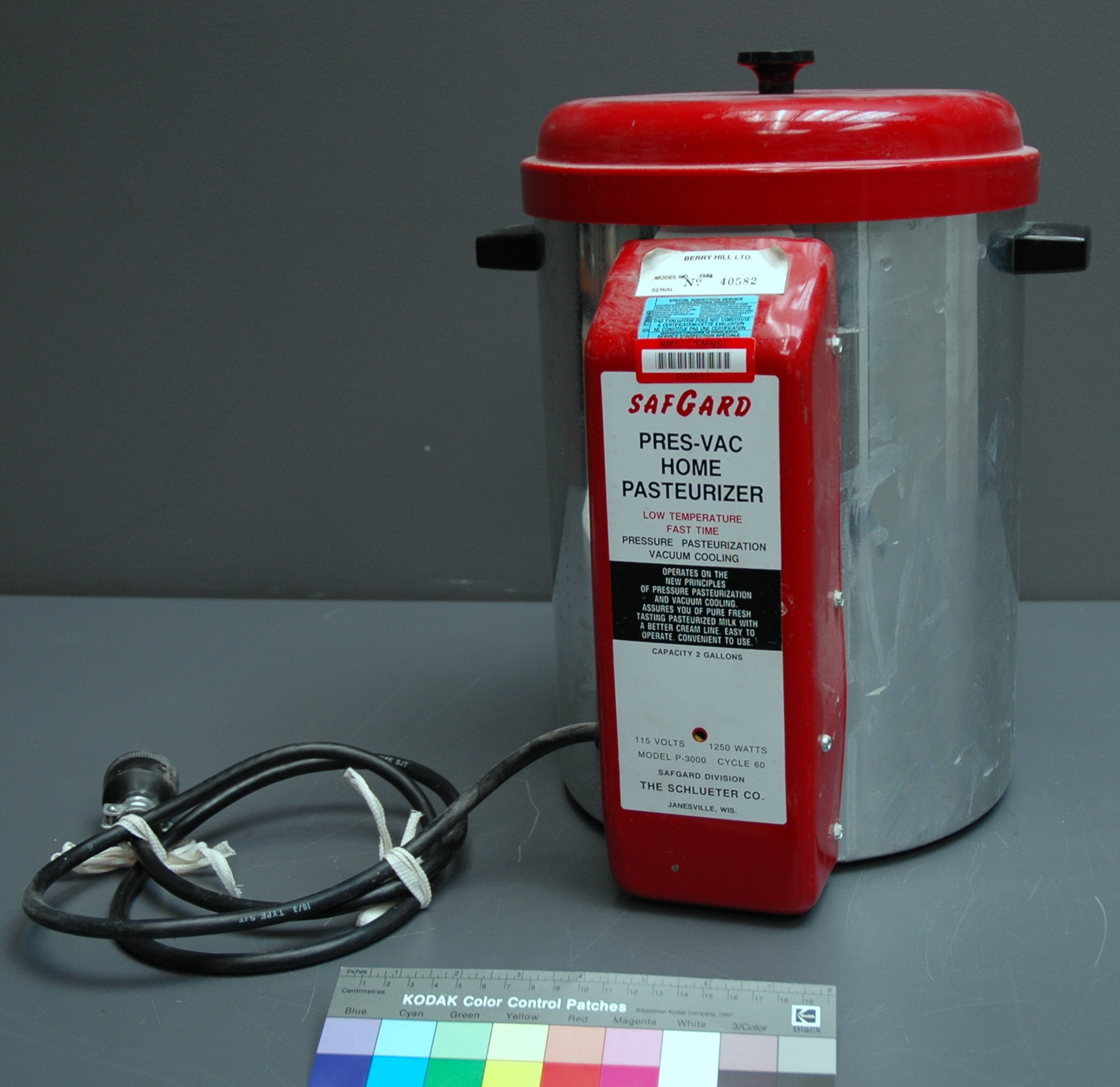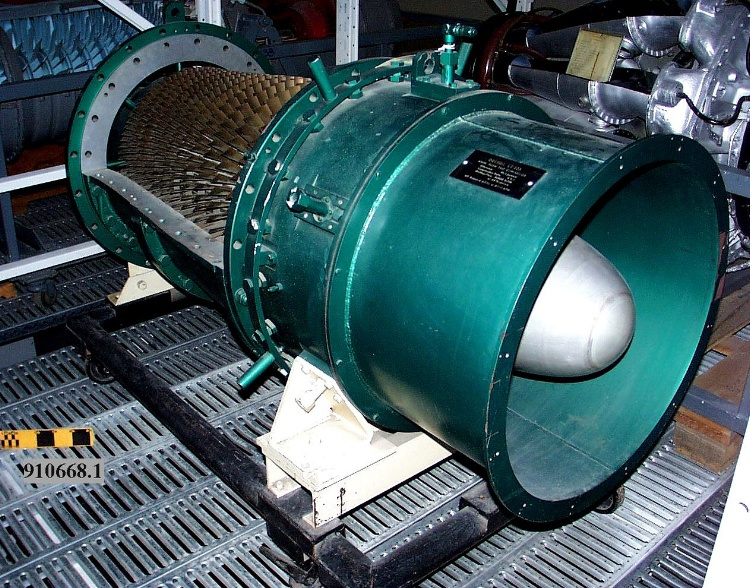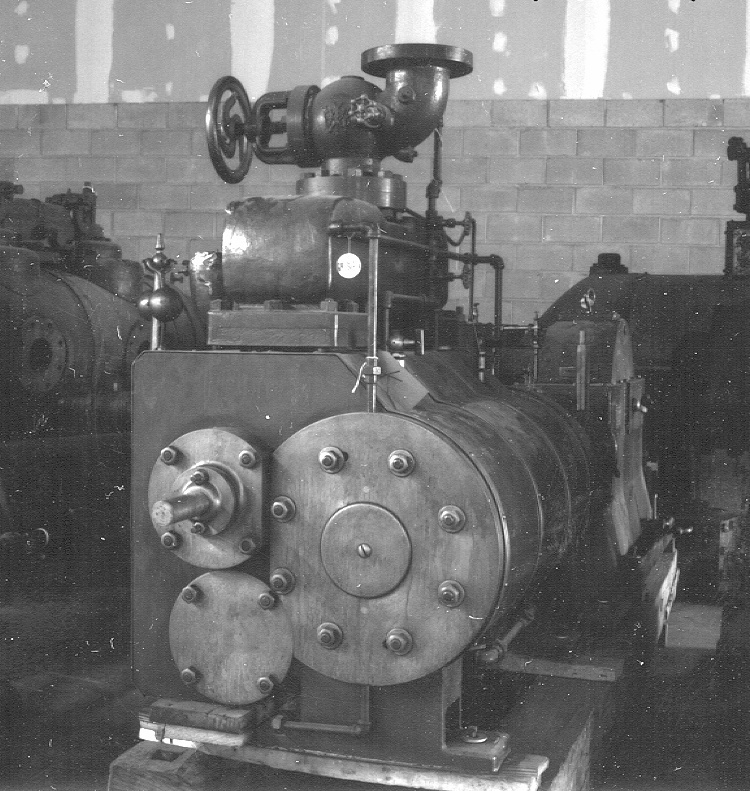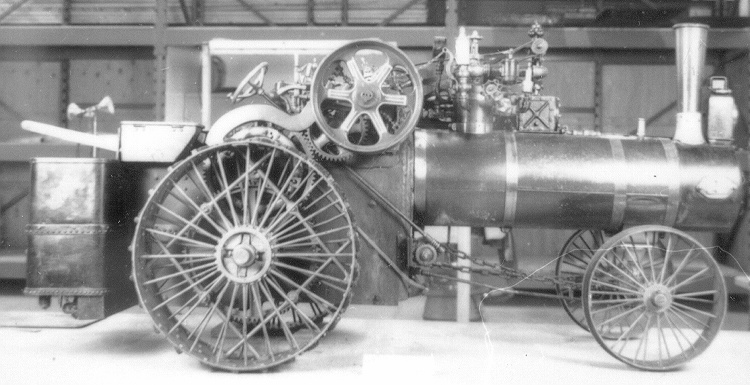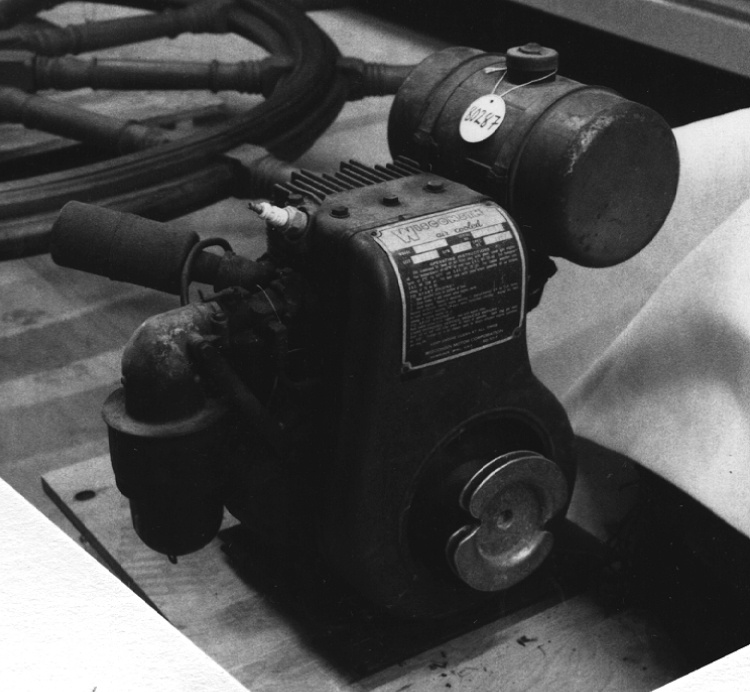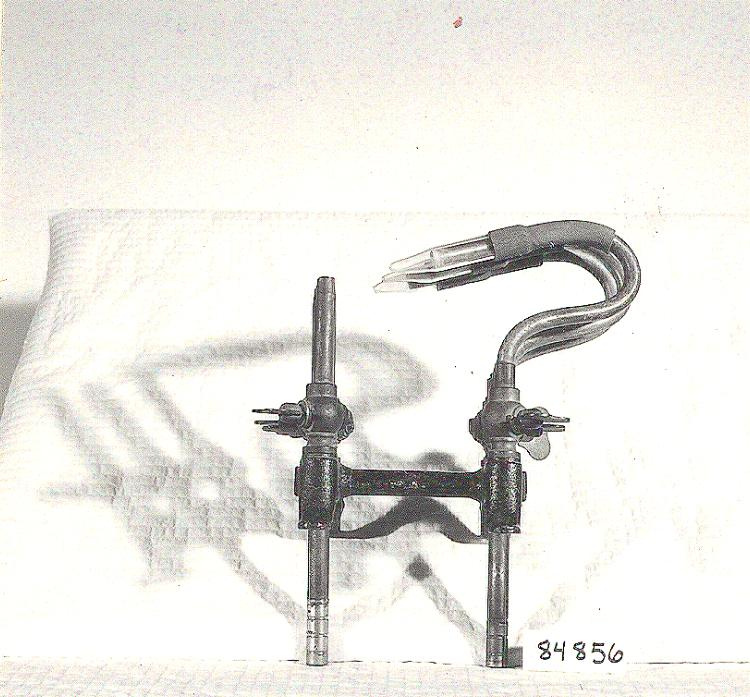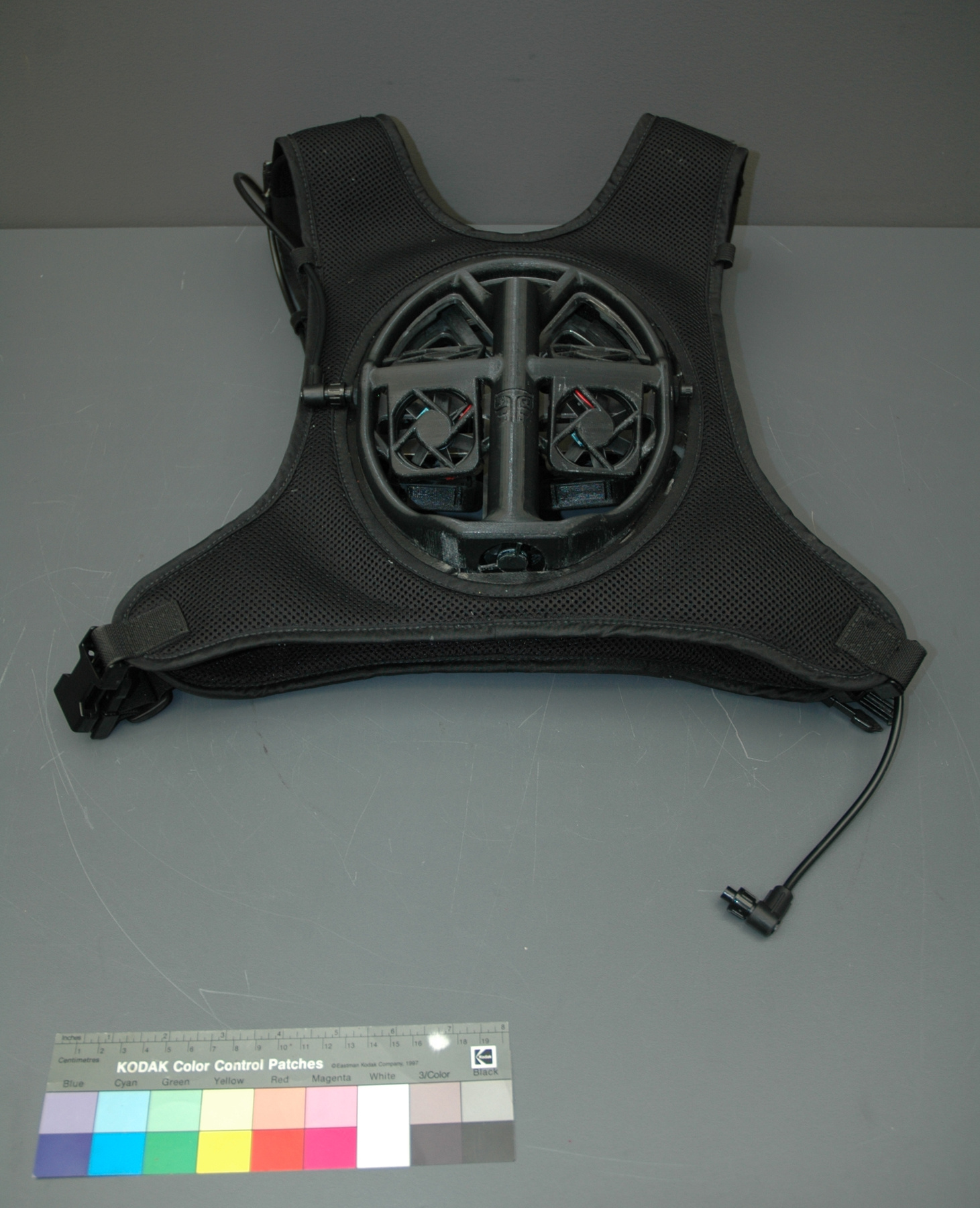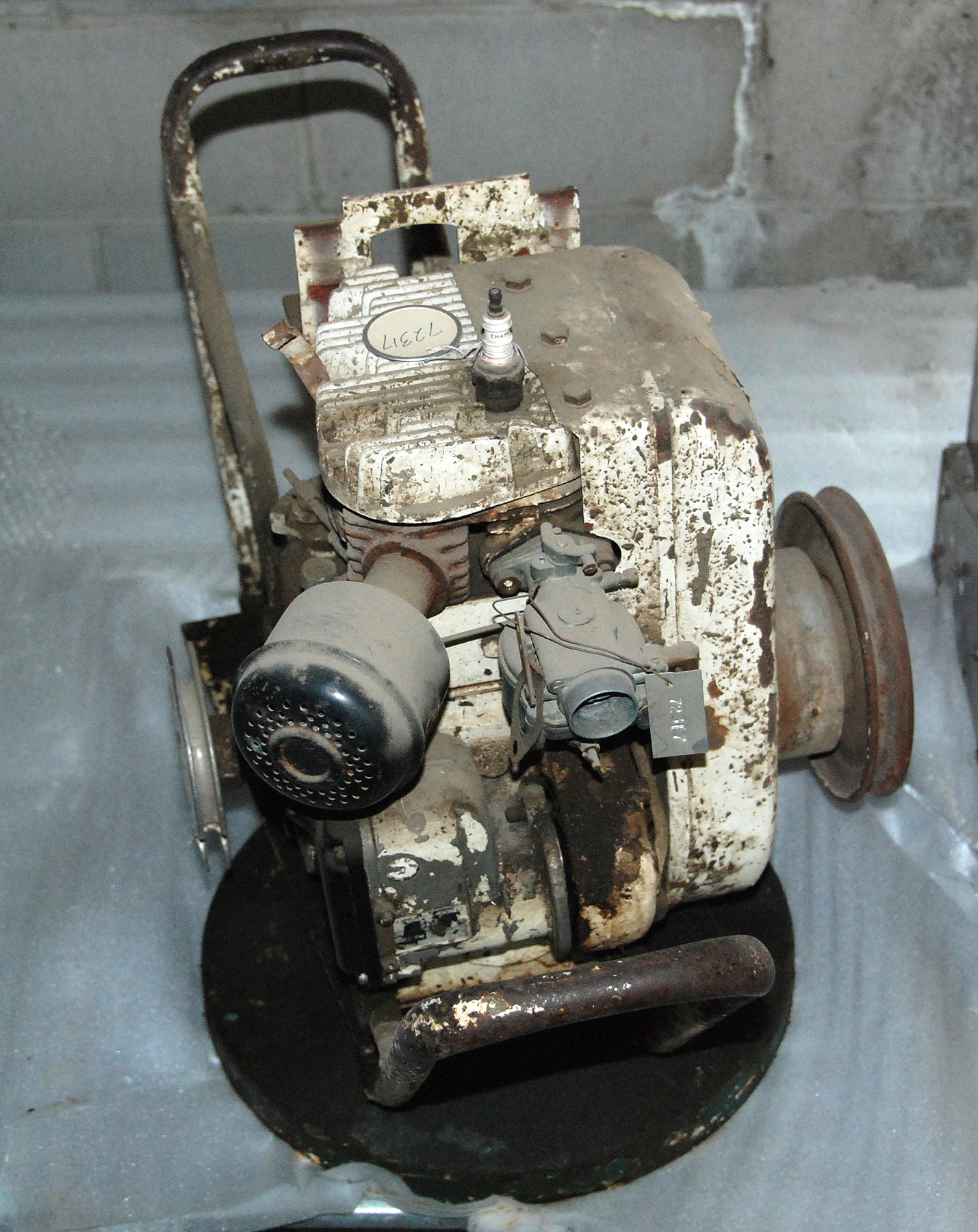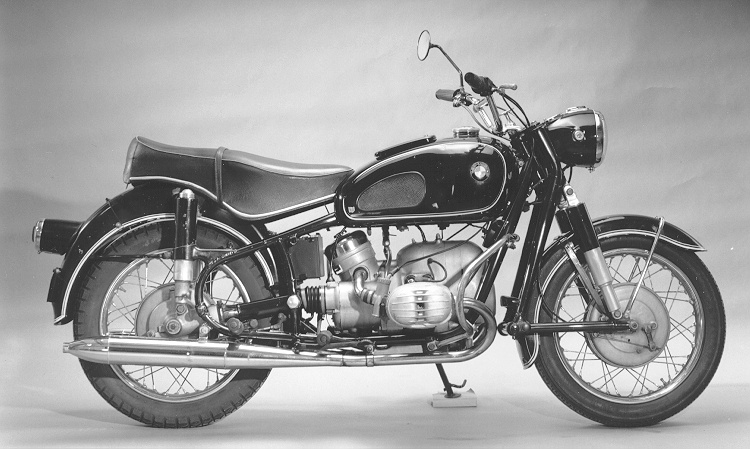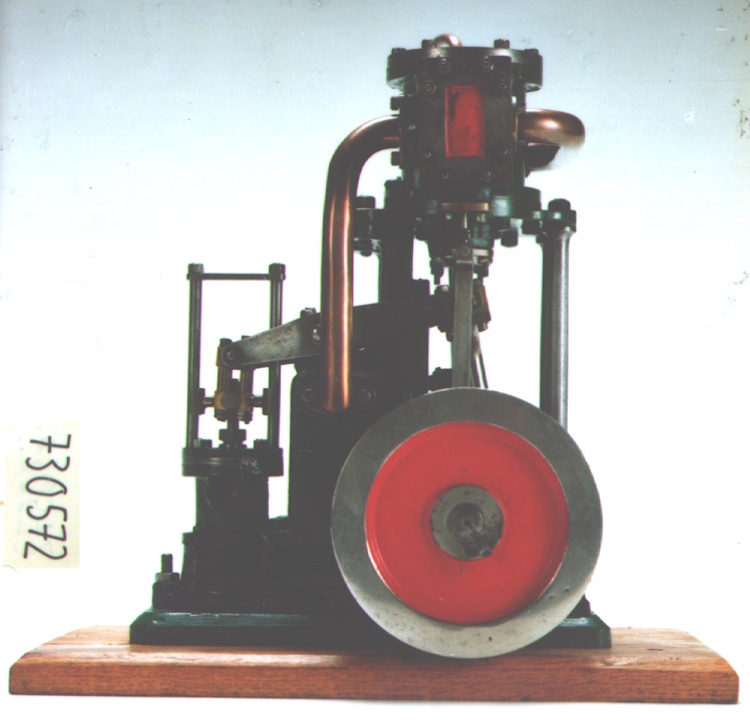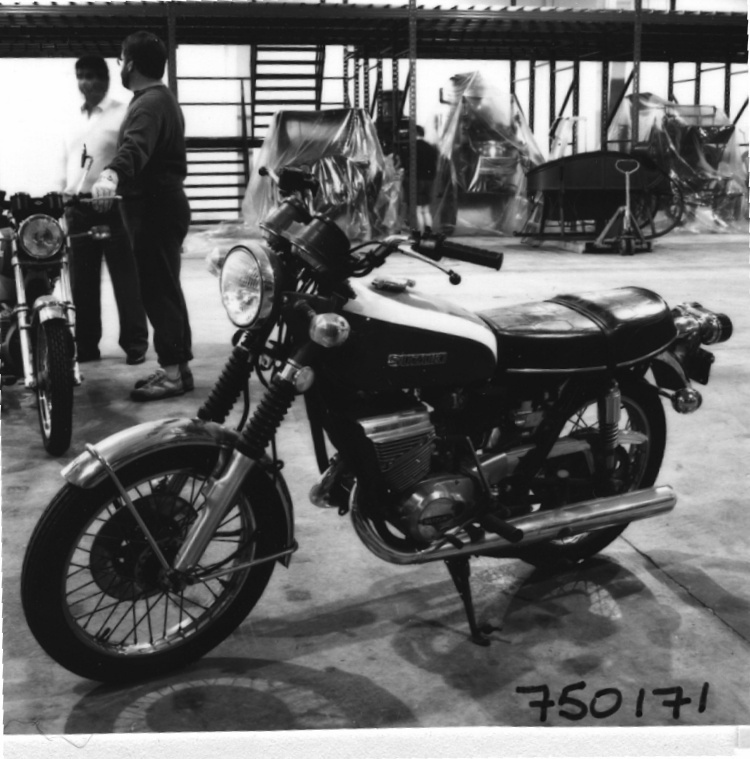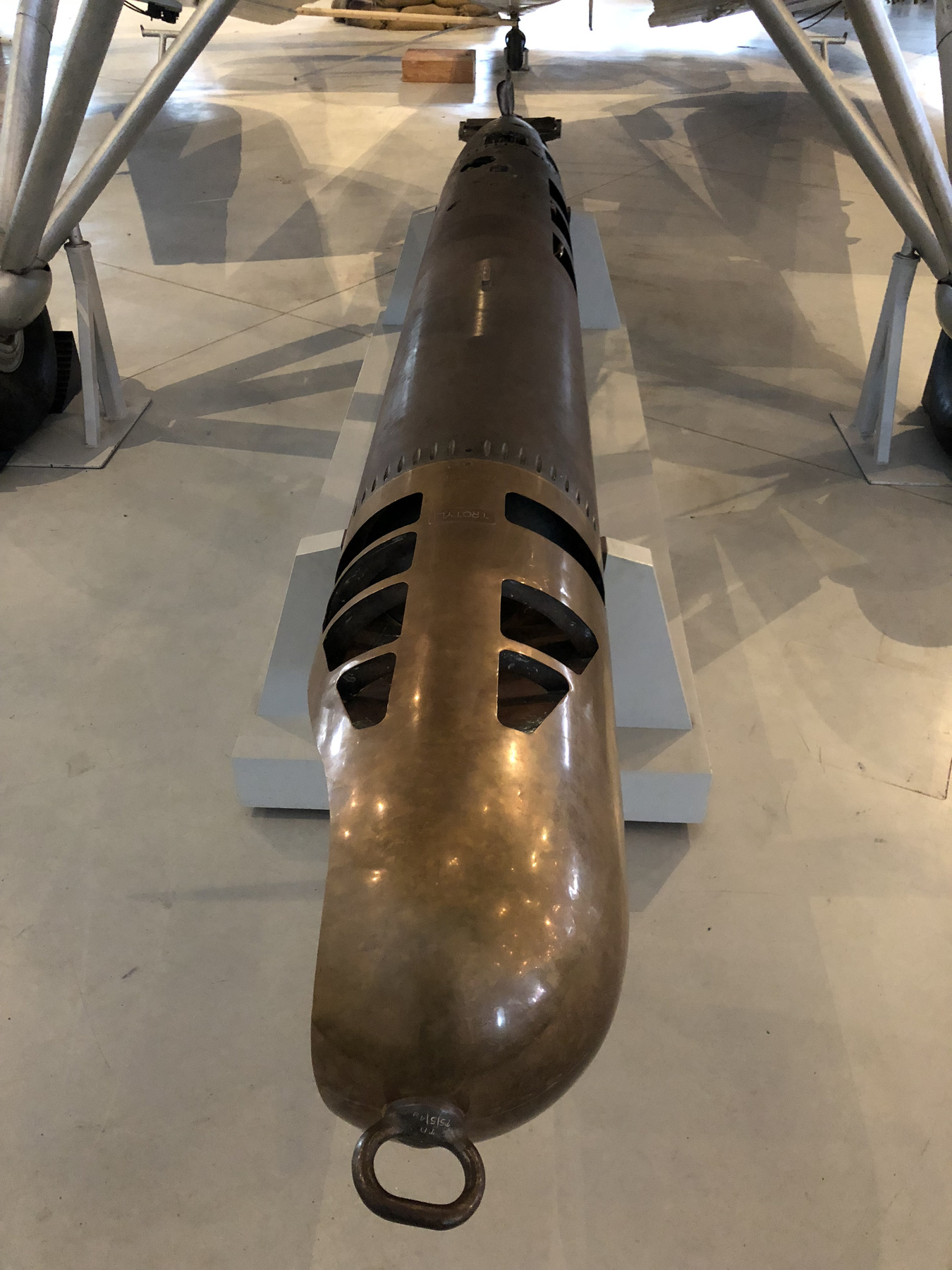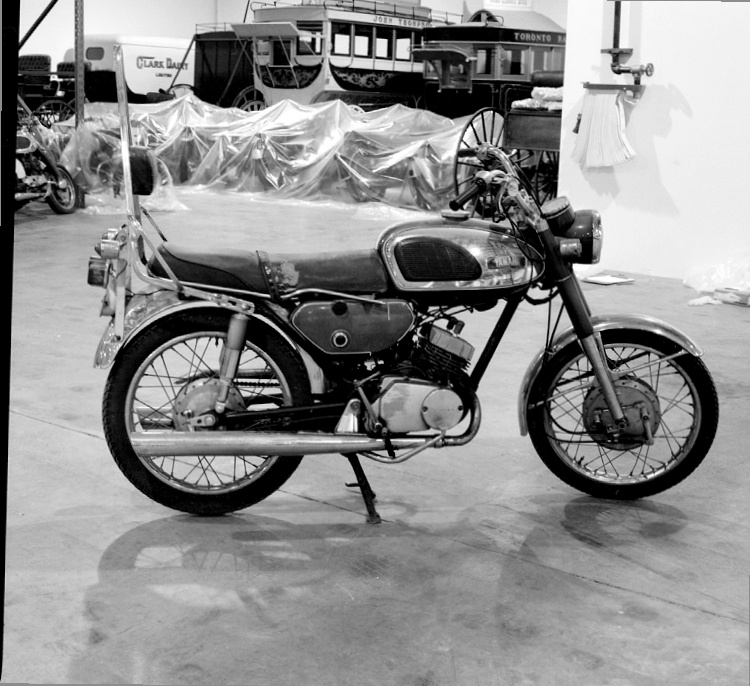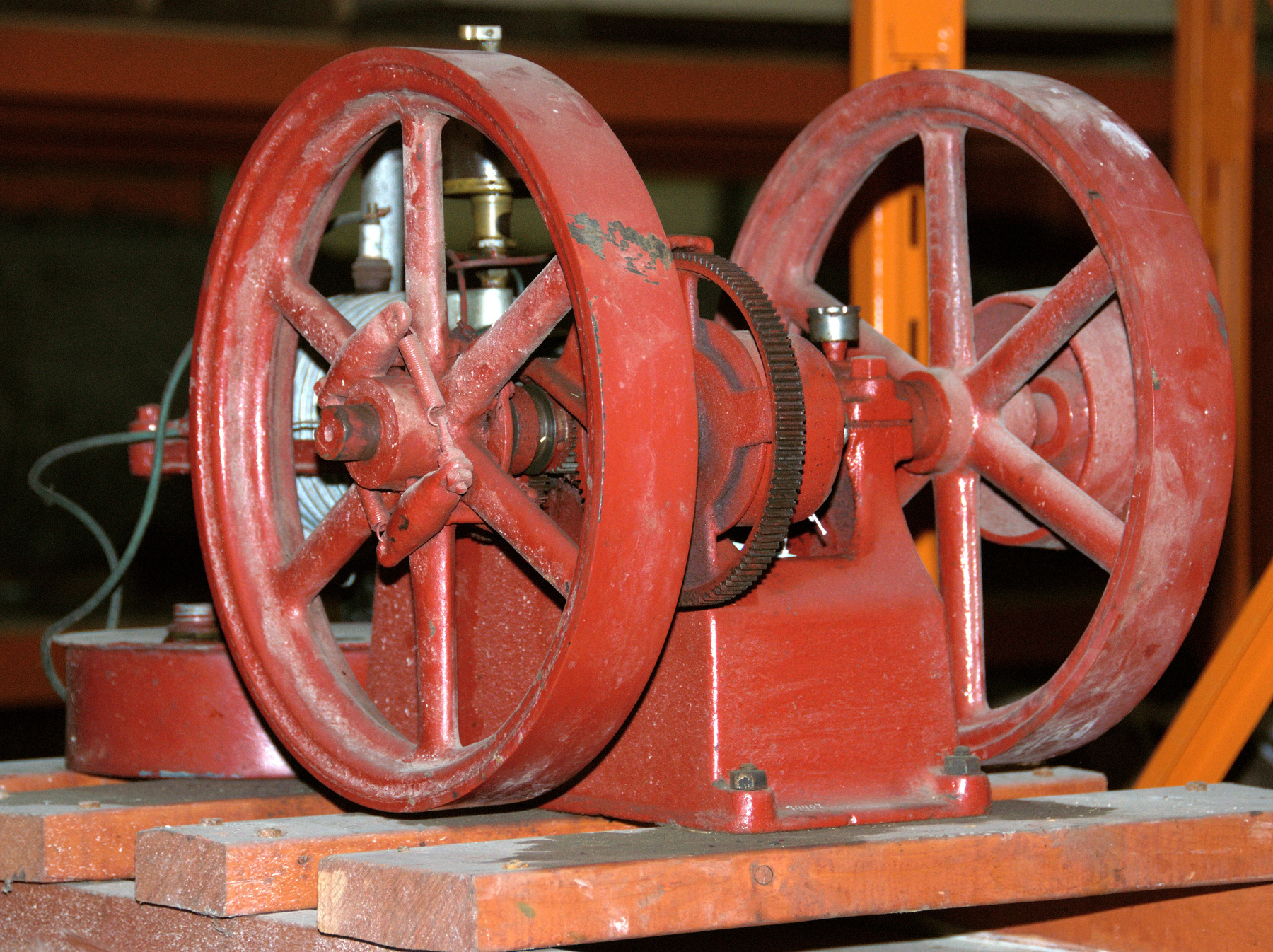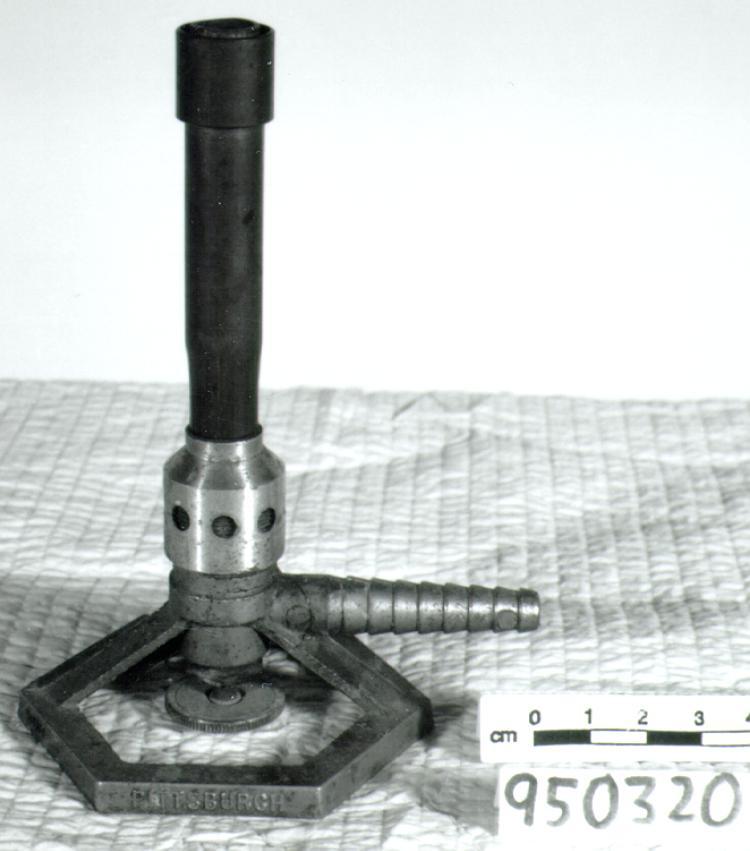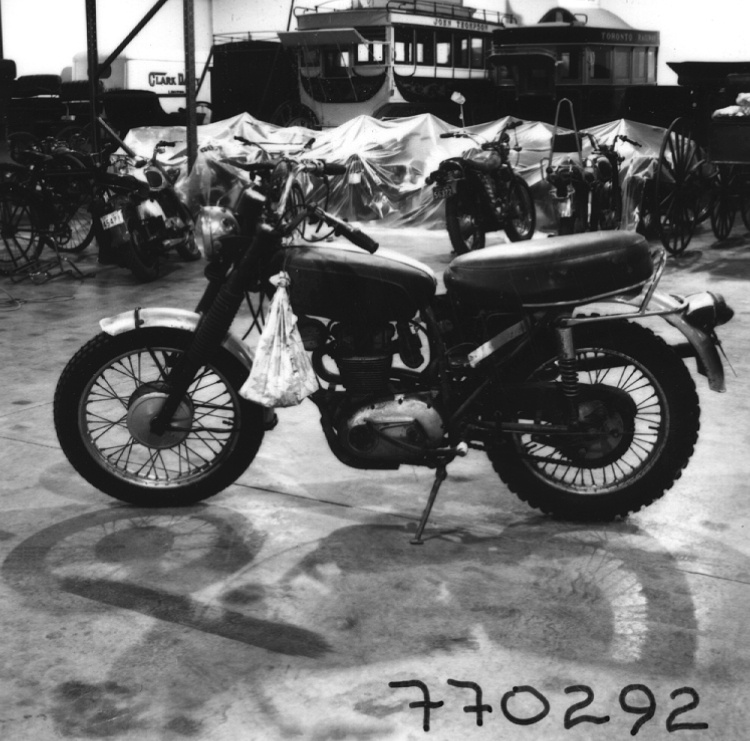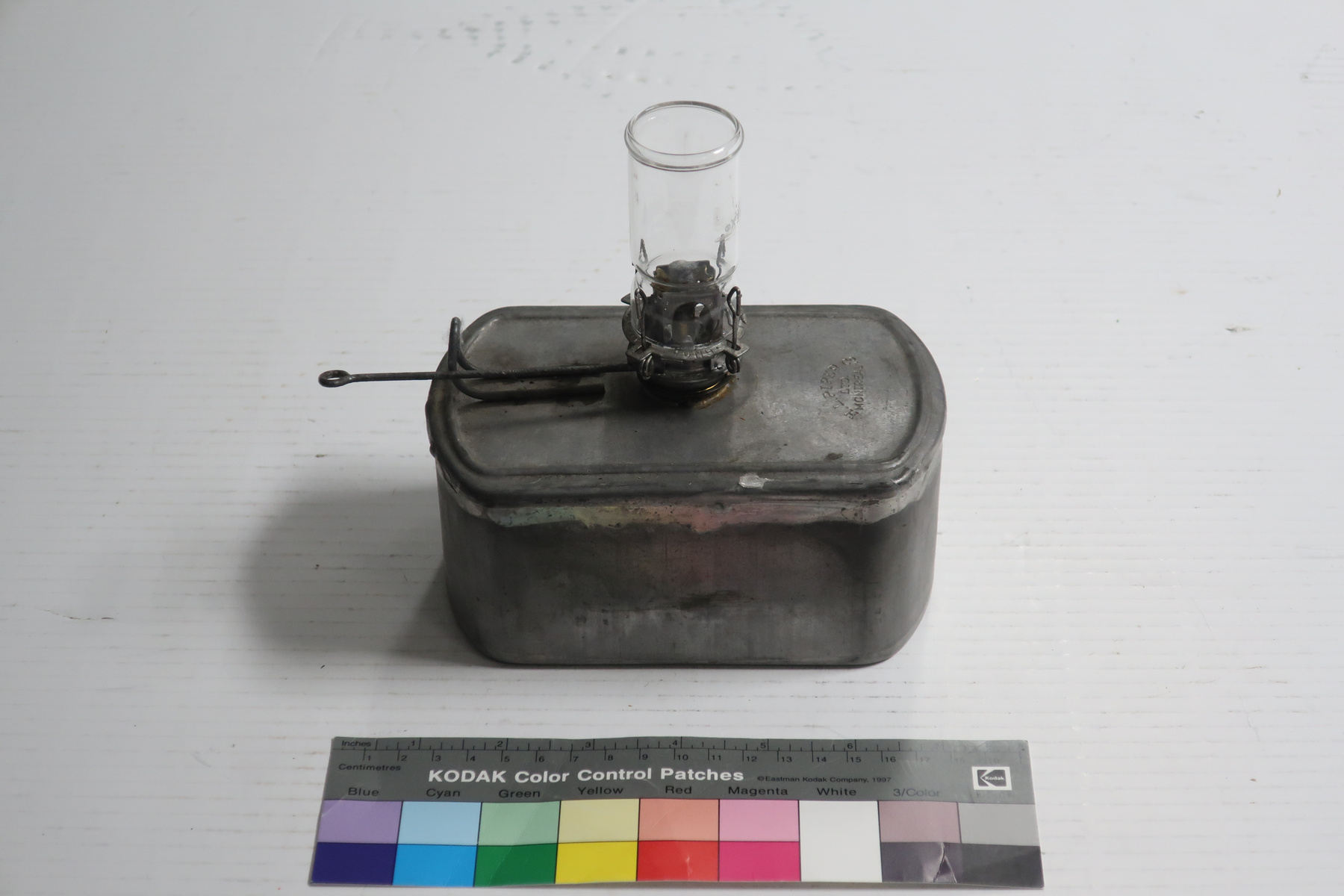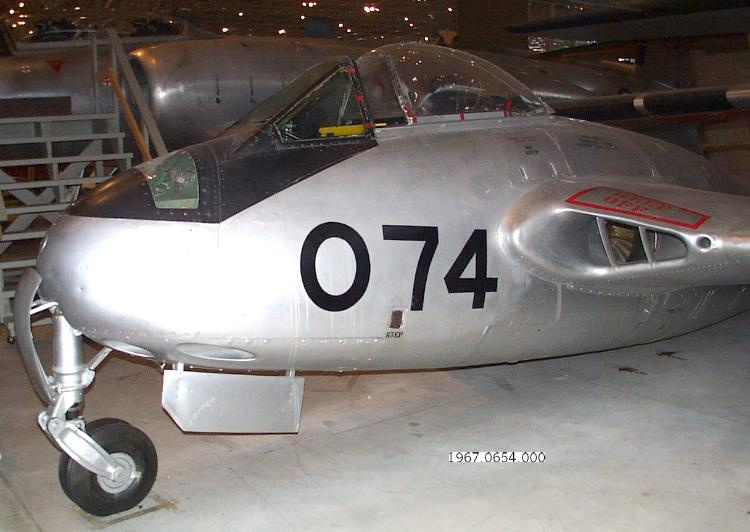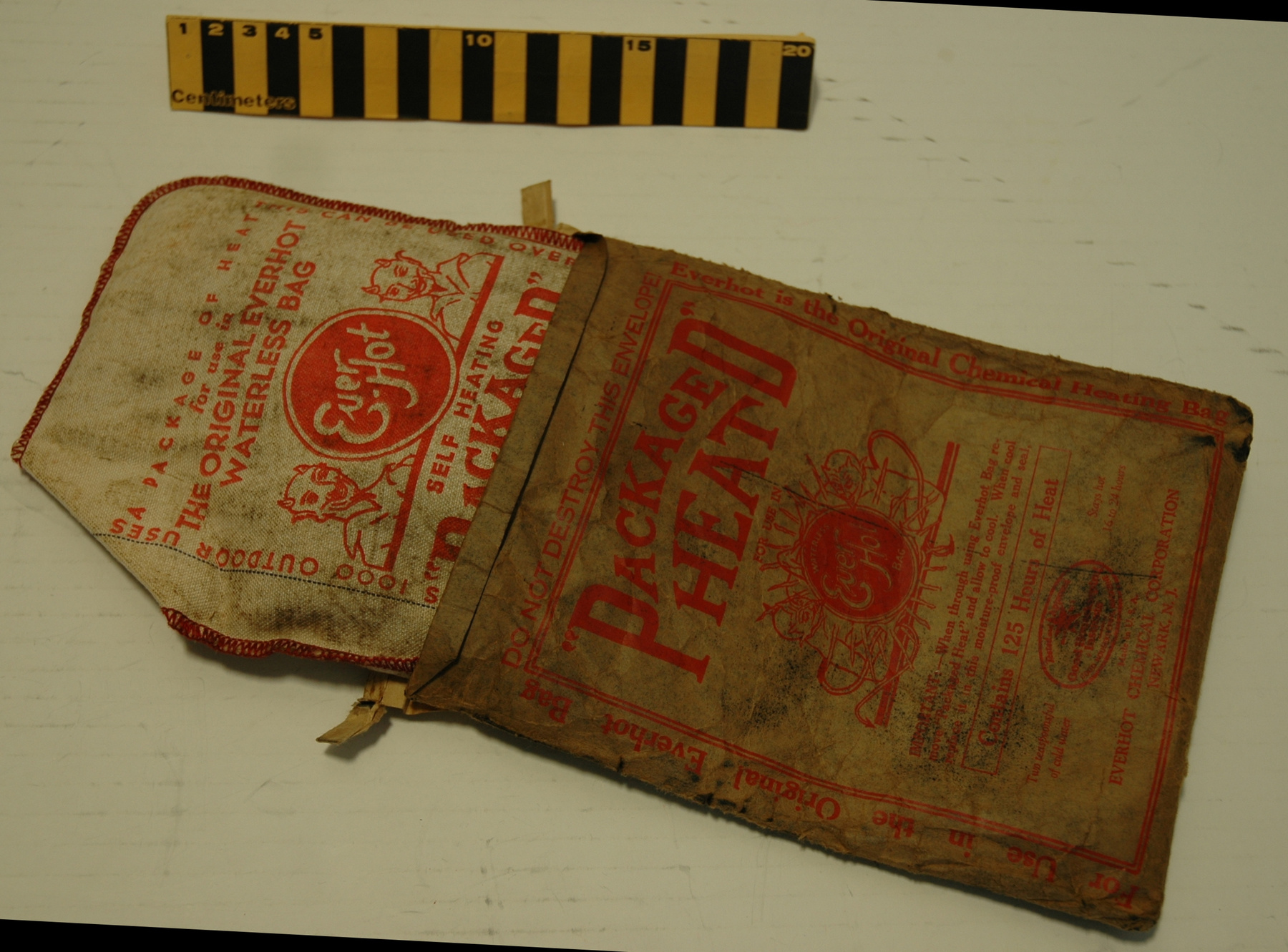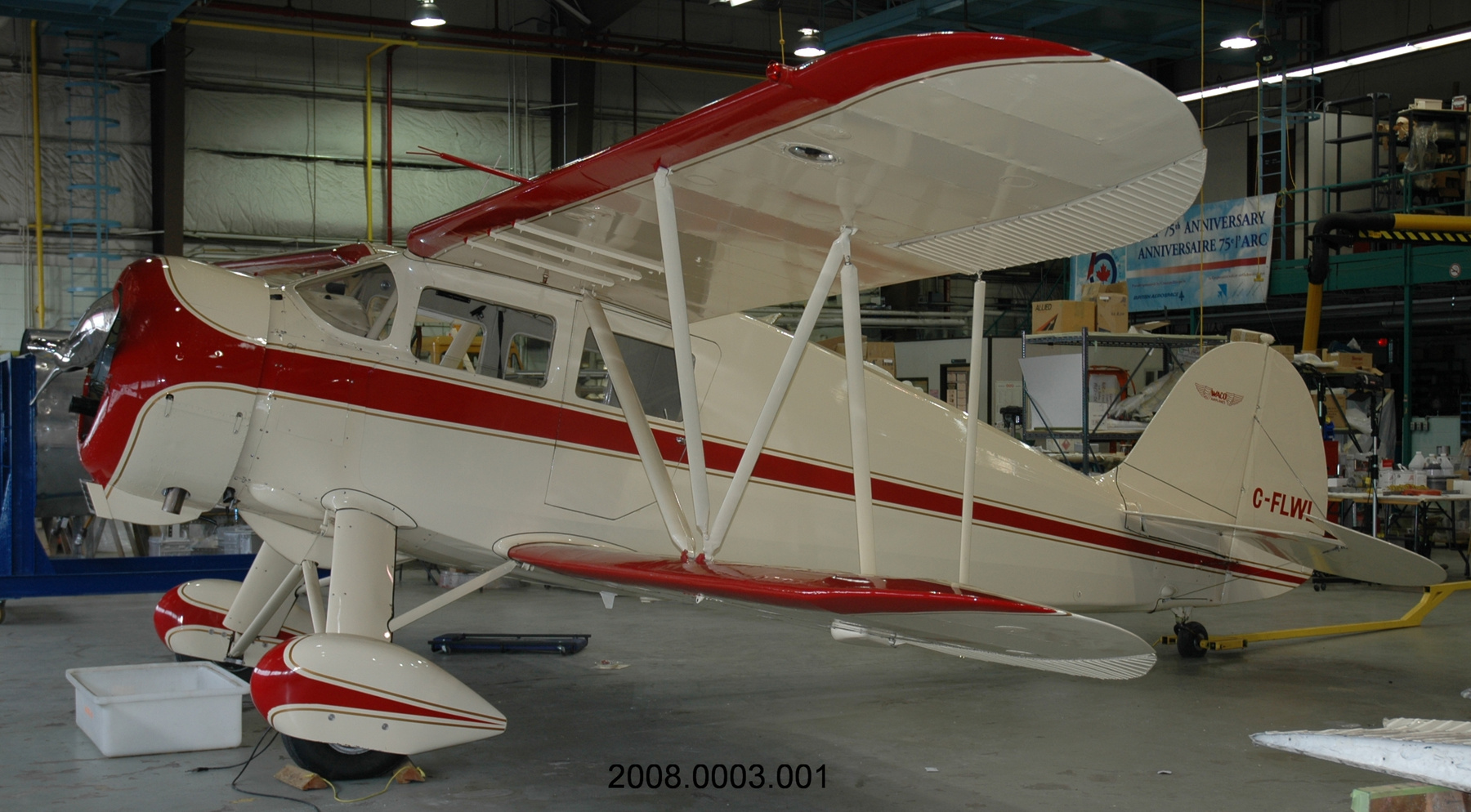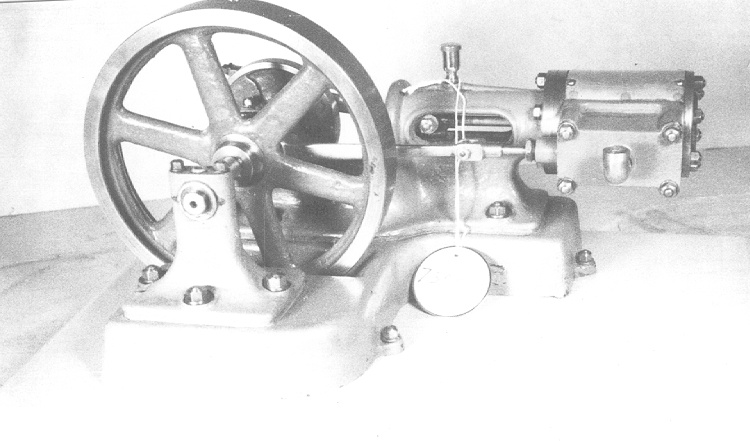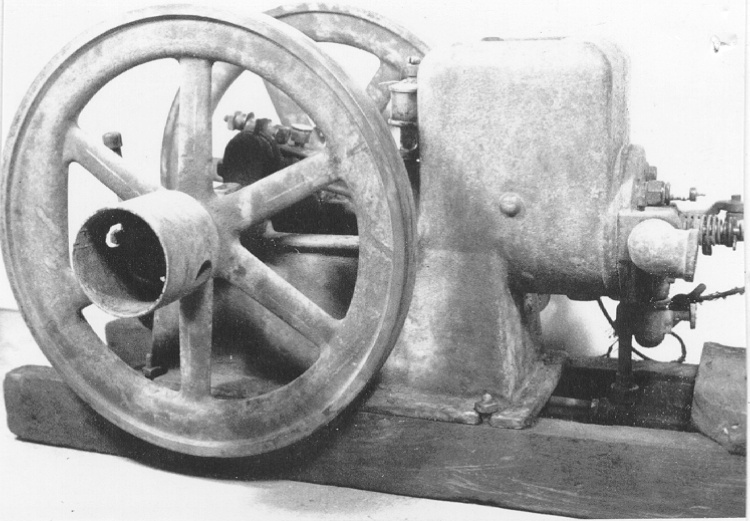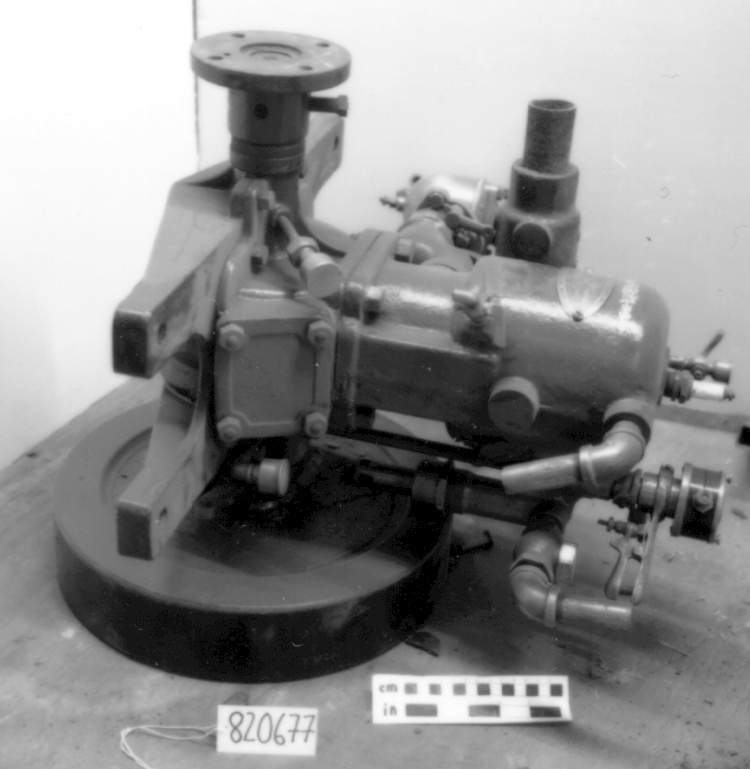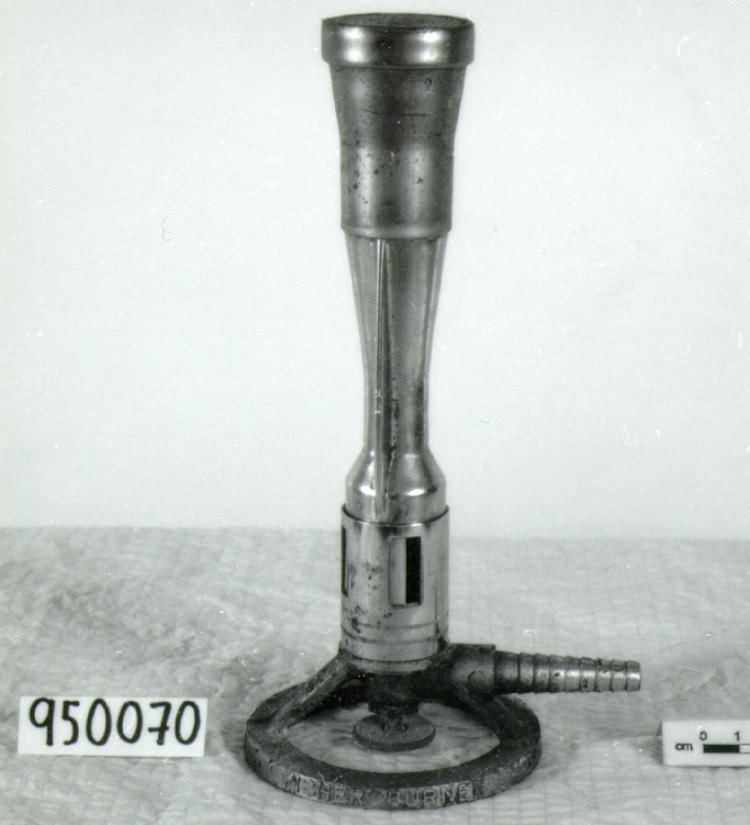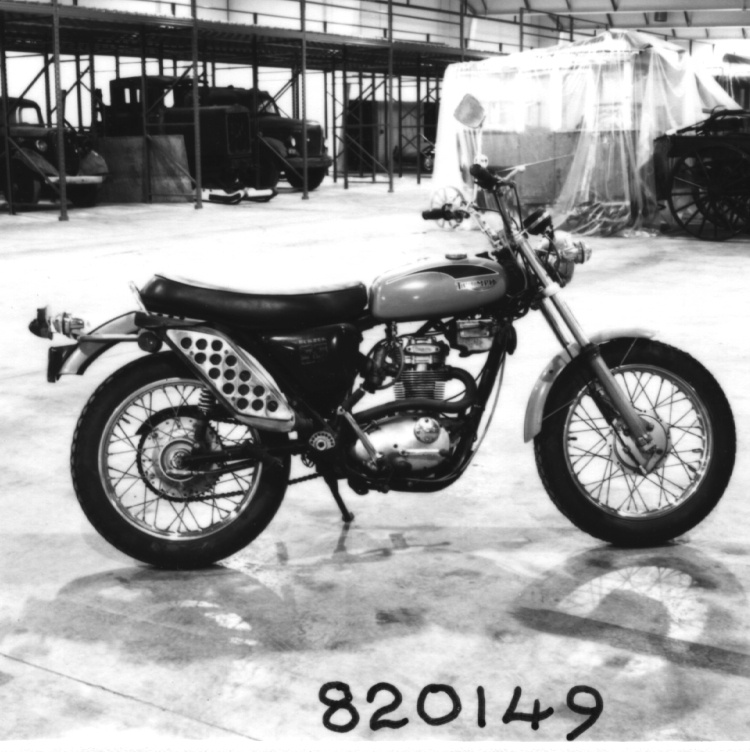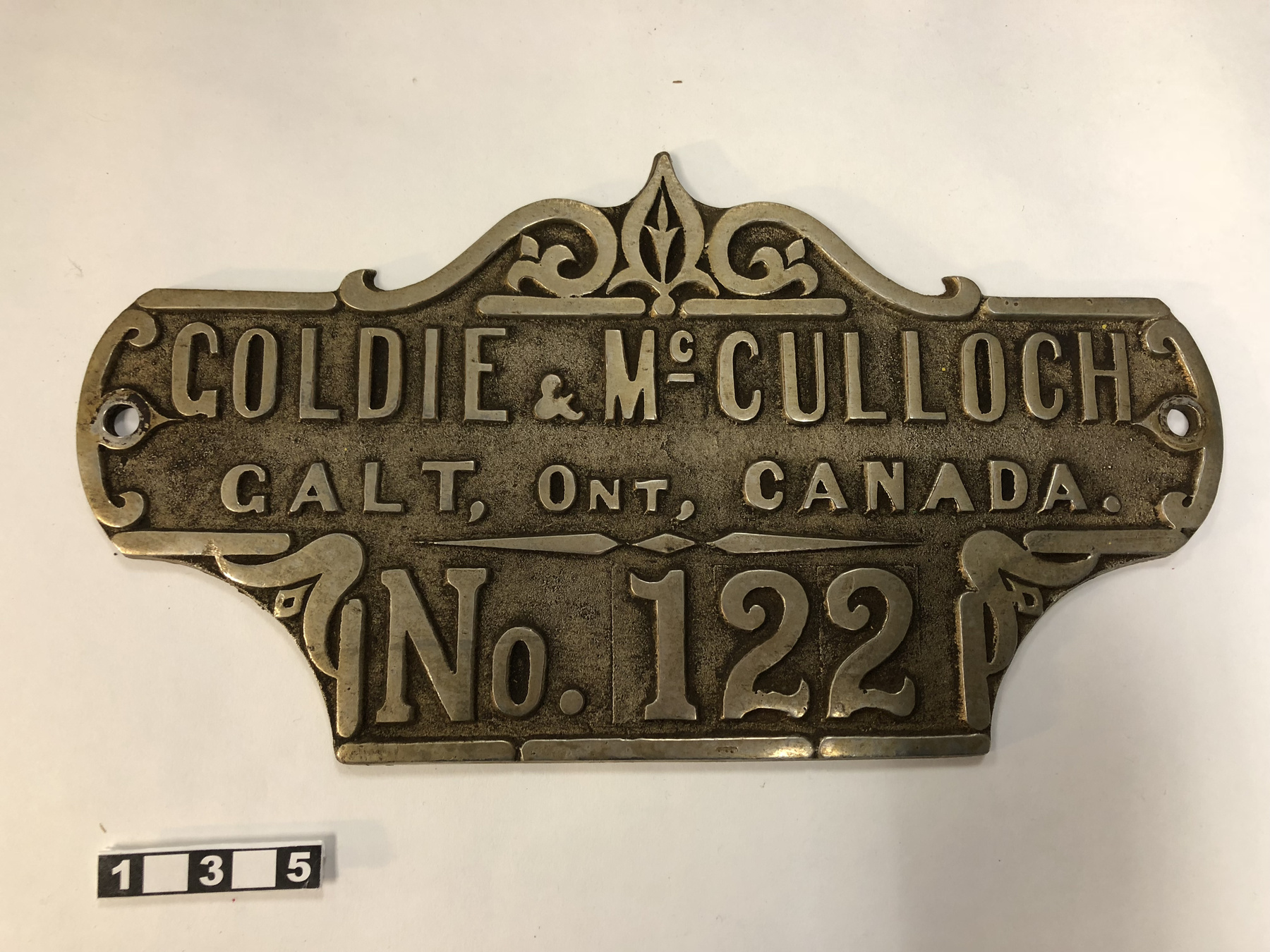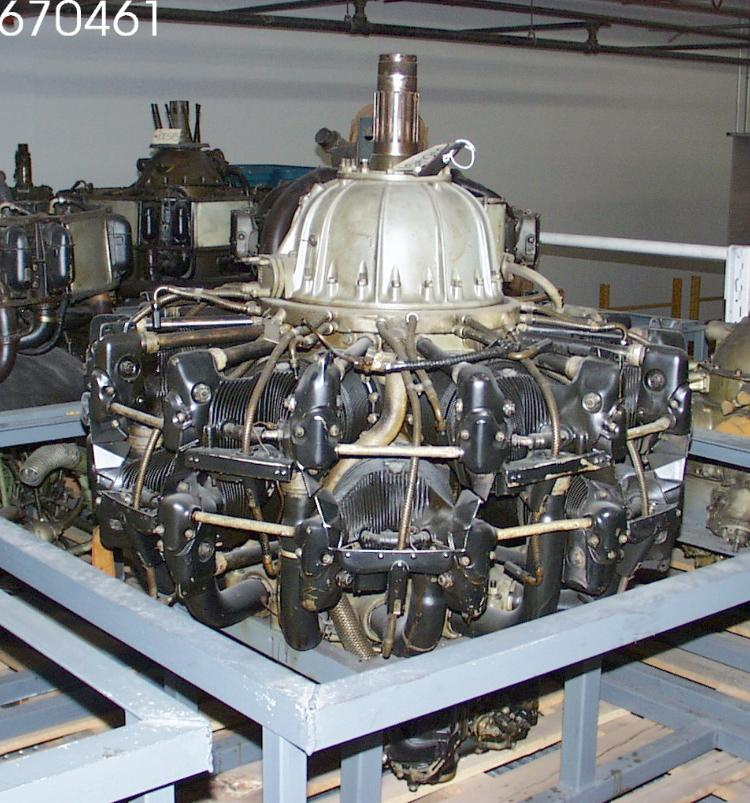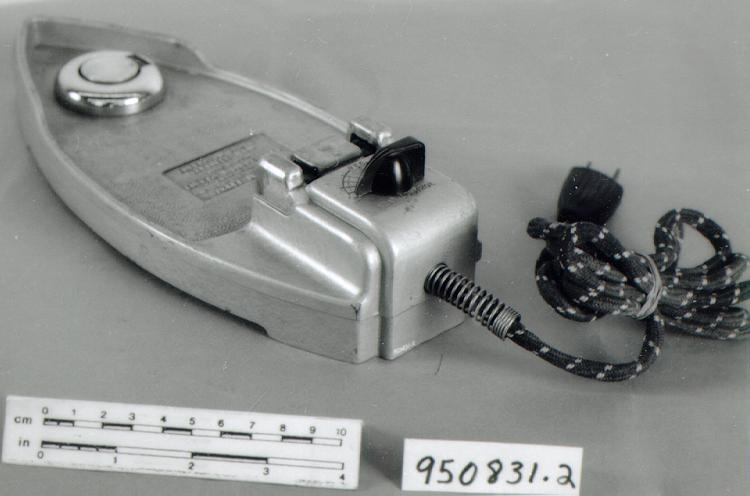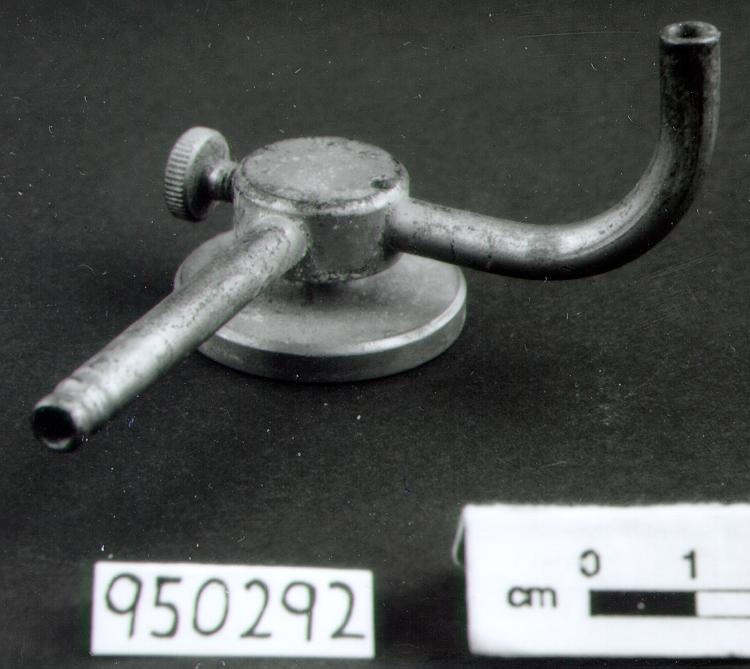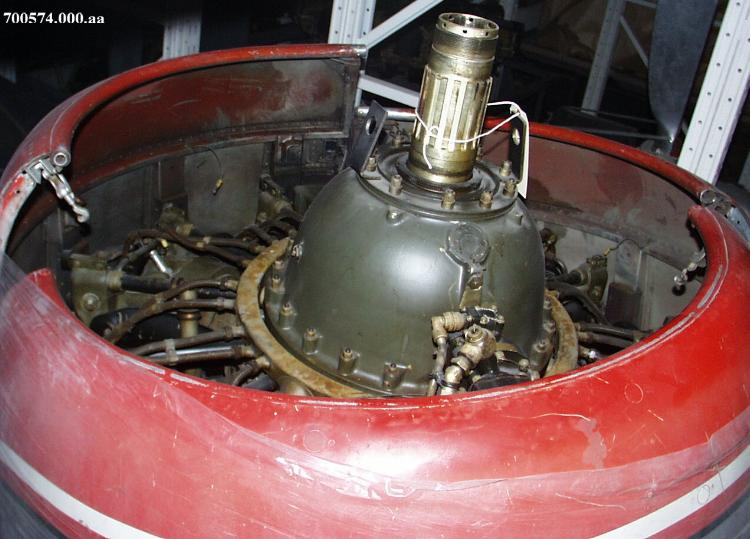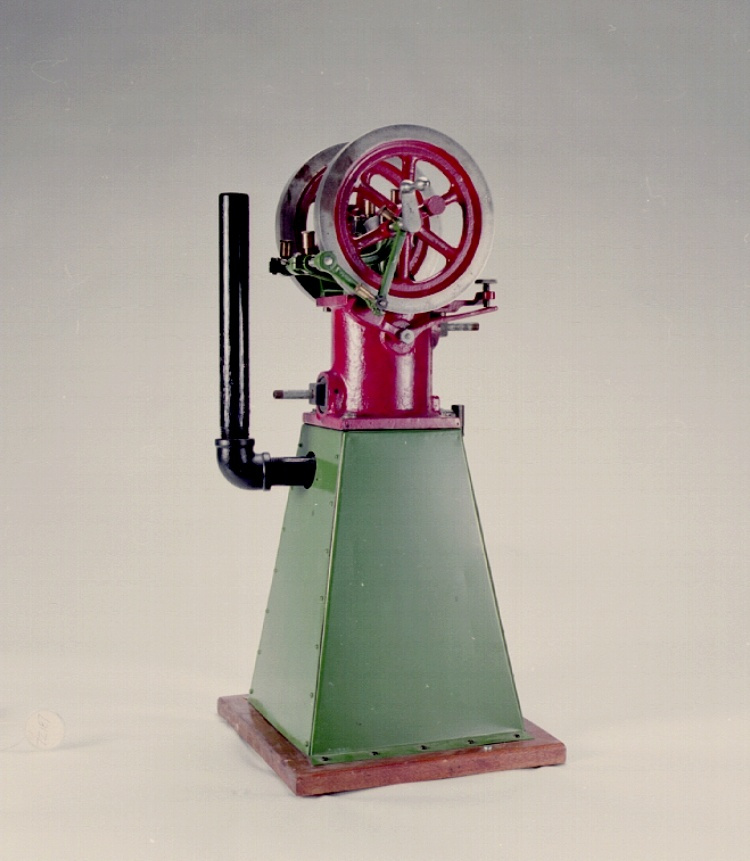Engine model
Use this image
Can I reuse this image without permission? Yes
Object images on the Ingenium Collection’s portal have the following Creative Commons license:
Copyright Ingenium / CC BY-NC-ND (Attribution-NonCommercial 4.0 International (CC BY-NC 4.0)
ATTRIBUTE THIS IMAGE
Ingenium,
1972.0187.001
Permalink:
Ingenium is releasing this image under the Creative Commons licensing framework, and encourages downloading and reuse for non-commercial purposes. Please acknowledge Ingenium and cite the artifact number.
DOWNLOAD IMAGEPURCHASE THIS IMAGE
This image is free for non-commercial use.
For commercial use, please consult our Reproduction Fees and contact us to purchase the image.
- OBJECT TYPE
- HOT AIR
- DATE
- 1940
- ARTIFACT NUMBER
- 1972.0187.001
- MANUFACTURER
- HEINRICI
- MODEL
- Unknown
- LOCATION
- Unknown
More Information
General Information
- Serial #
- N/A
- Part Number
- 1
- Total Parts
- 1
- AKA
- N/A
- Patents
- N/A
- General Description
- Brass
Dimensions
Note: These reflect the general size for storage and are not necessarily representative of the object's true dimensions.
- Length
- N/A
- Width
- 33.1 cm
- Height
- 69.8 cm
- Thickness
- N/A
- Weight
- N/A
- Diameter
- N/A
- Volume
- N/A
Lexicon
- Group
- Industrial Technology
- Category
- Power sources
- Sub-Category
- N/A
Manufacturer
- AKA
- HEINRICI
- Country
- Unknown
- State/Province
- Unknown
- City
- Unknown
Context
- Country
- Unknown
- State/Province
- Unknown
- Period
- Unknown
- Canada
-
Unknown. Purchased by Christie's, an auctioneering company set up in London, England. Manufactured by Louis and Ernst Heinrici, German builders of hot air engines. They manufactured three types of hot air engines before 1940. - Function
-
Hot air engine (also known as Stirling engine). Pressure of air or another gas will increase when heated and decrease when cooled therefore the working gas is alternately heated and cooled so that the build up of pressure results in the movement of a piston. Used to pump water. - Technical
-
Hot air engines were more efficient than steam engines or gas engines because any source of heat could power them as long as the temperature was high enough. They produced no carbon monoxide and had relatively low levels of nitrogen oxides. The greater the temperature difference between hot and cold reservoirs, the more vigorous and efficient the engine. Co-axial twin fly wheel, 2" bore by 2" stroke, burner and flywheel brake. - Area Notes
-
Unknown
Details
- Markings
- N/A
- Missing
- N/A
- Finish
- Co-axial twin fly wheel, hot air engine 2" bore x 2" stroke complete with brass pulley, hand wheel, burner and fly wheel brake/ the whole is finished in red and green with polished bright work
- Decoration
- N/A
CITE THIS OBJECT
If you choose to share our information about this collection object, please cite:
HEINRICI, Engine model, before 1940, Artifact no. 1972.0187, Ingenium – Canada’s Museums of Science and Innovation, http://collection.ingeniumcanada.org/en/id/1972.0187.001/
FEEDBACK
Submit a question or comment about this artifact.
More Like This
